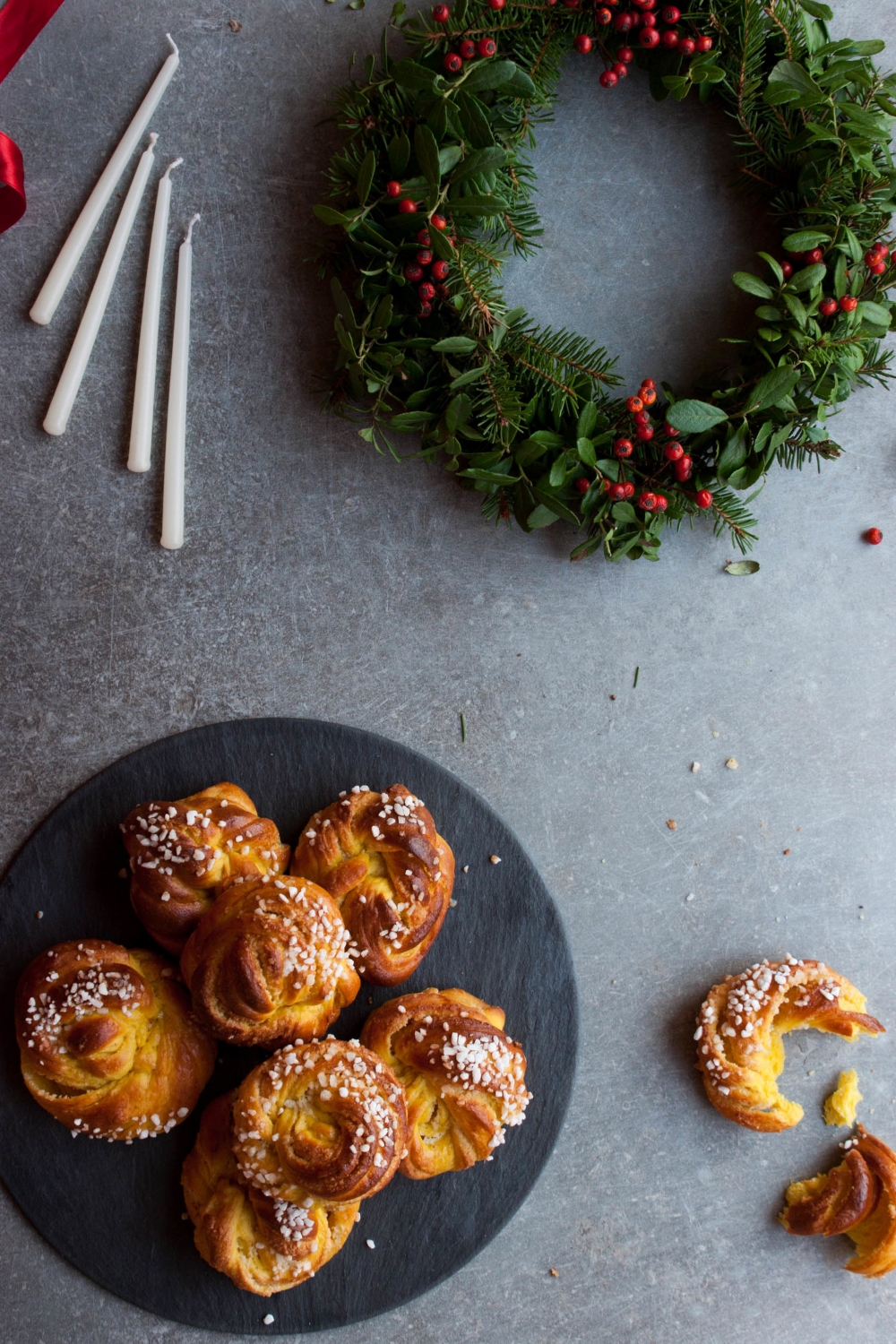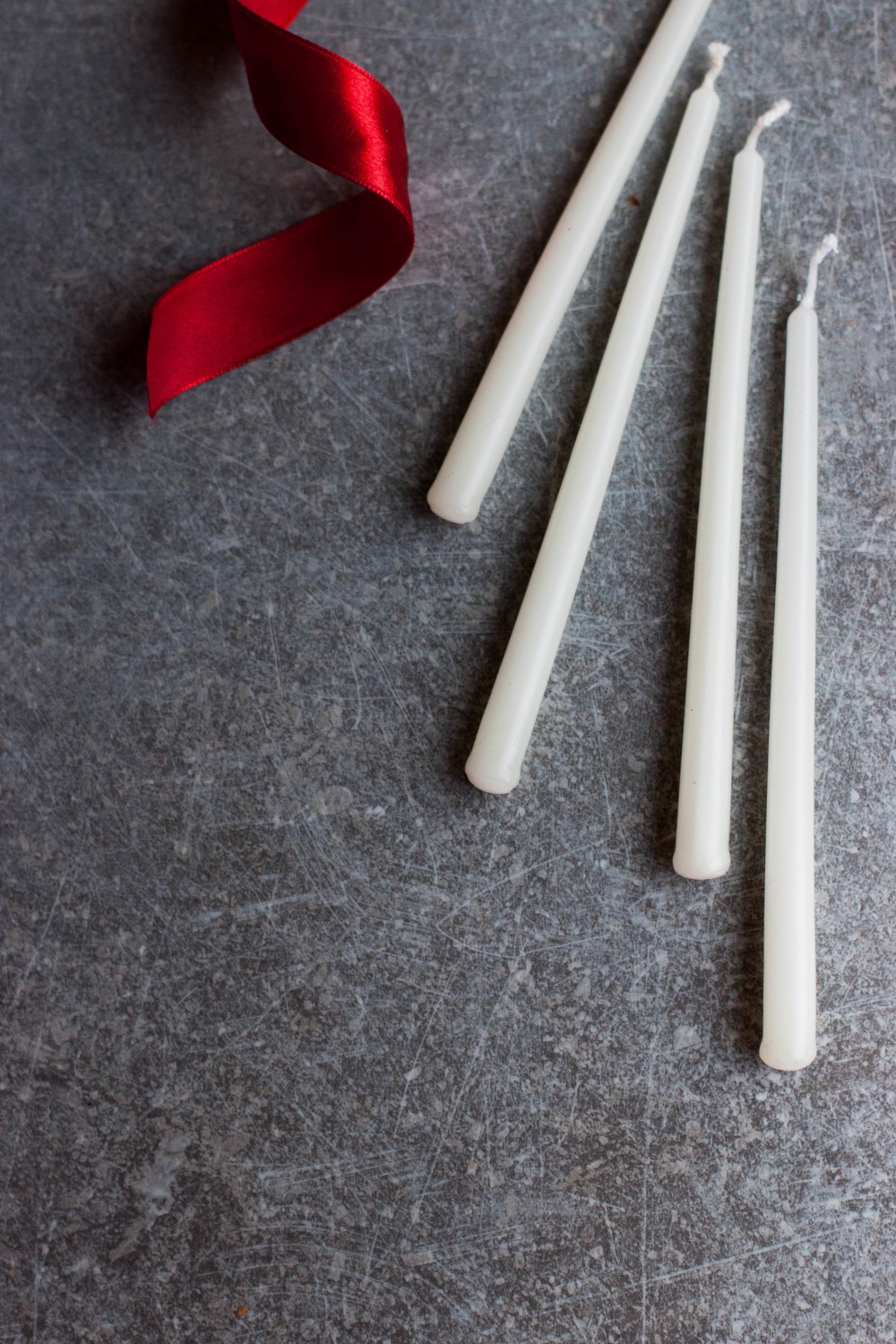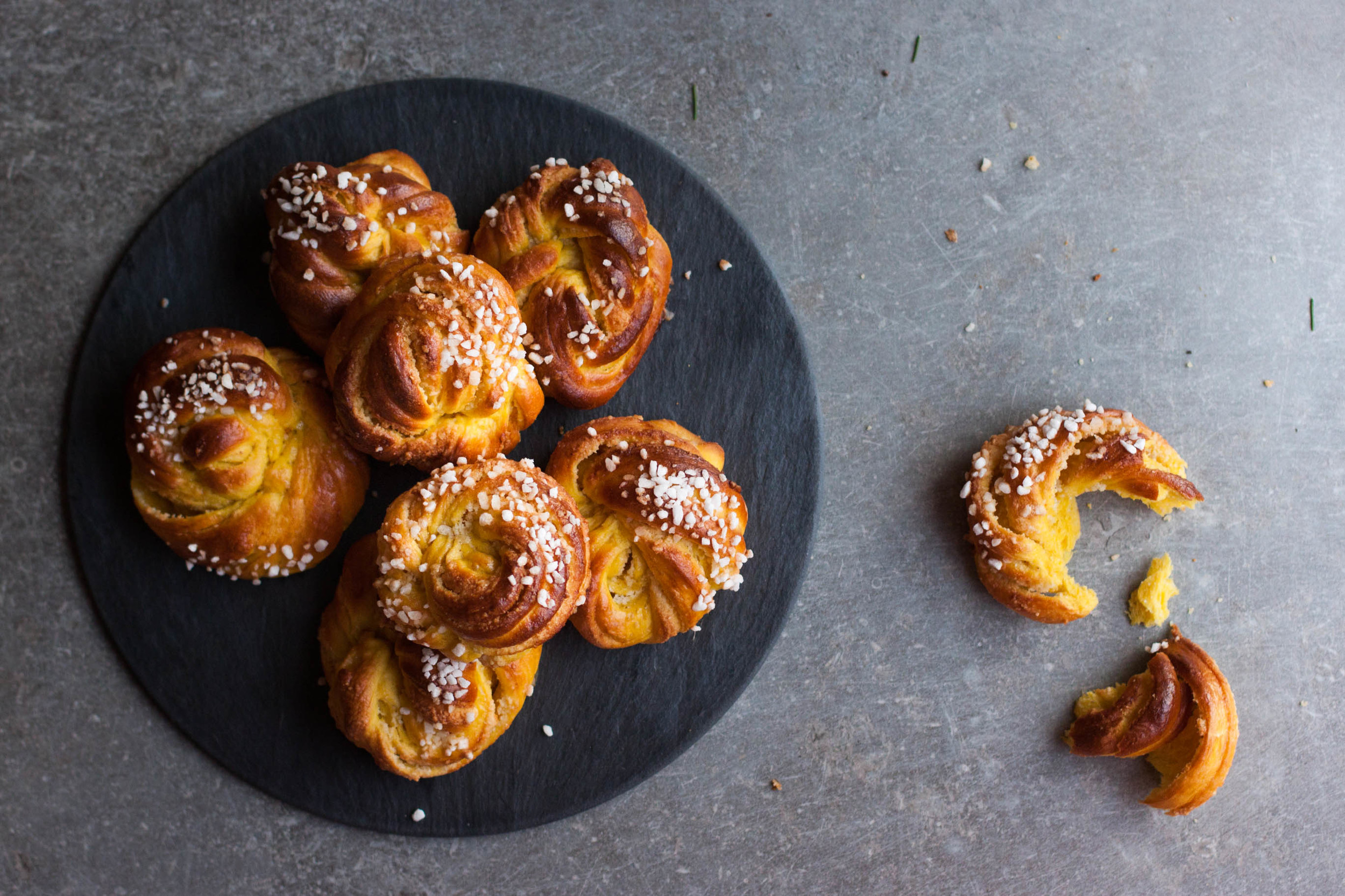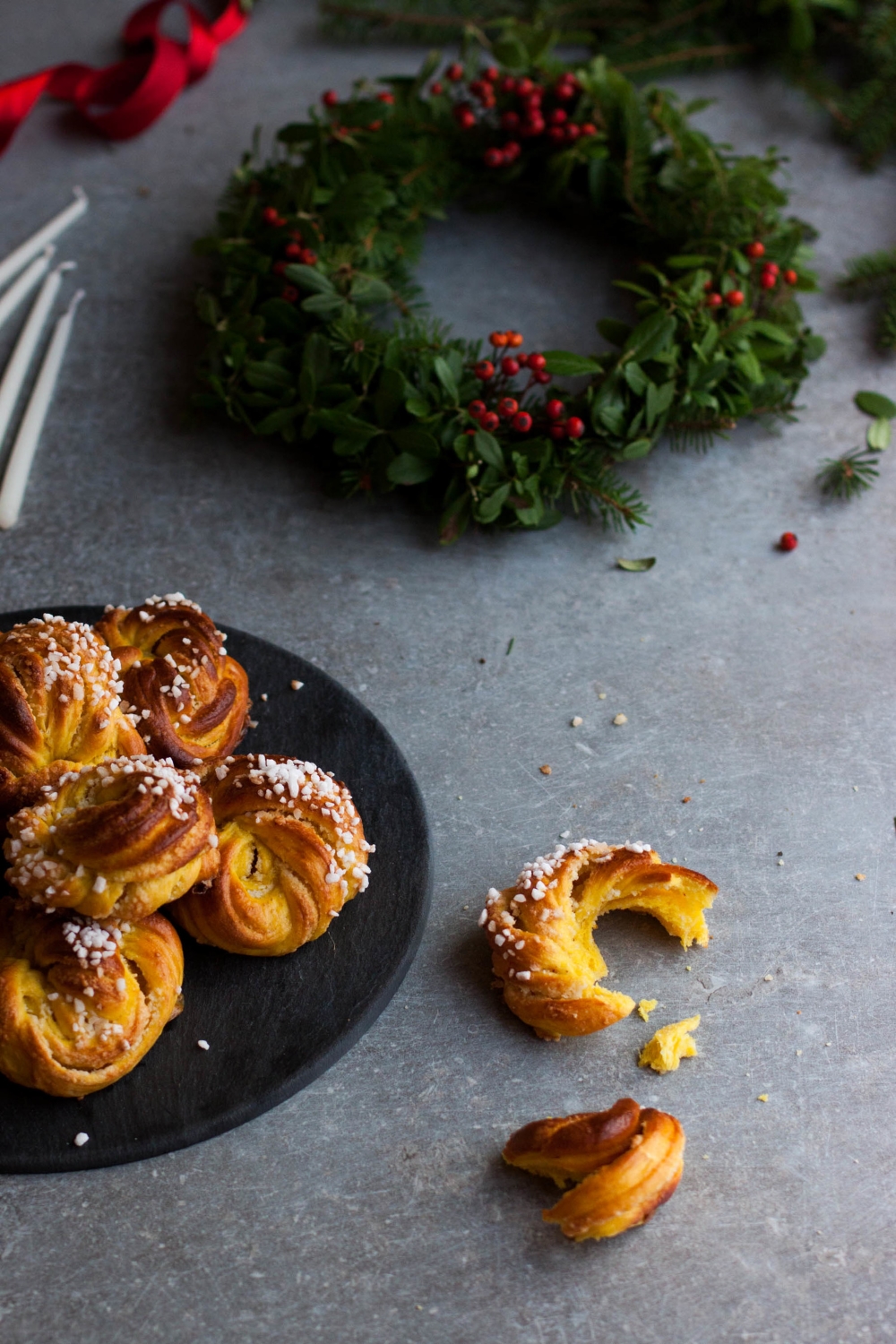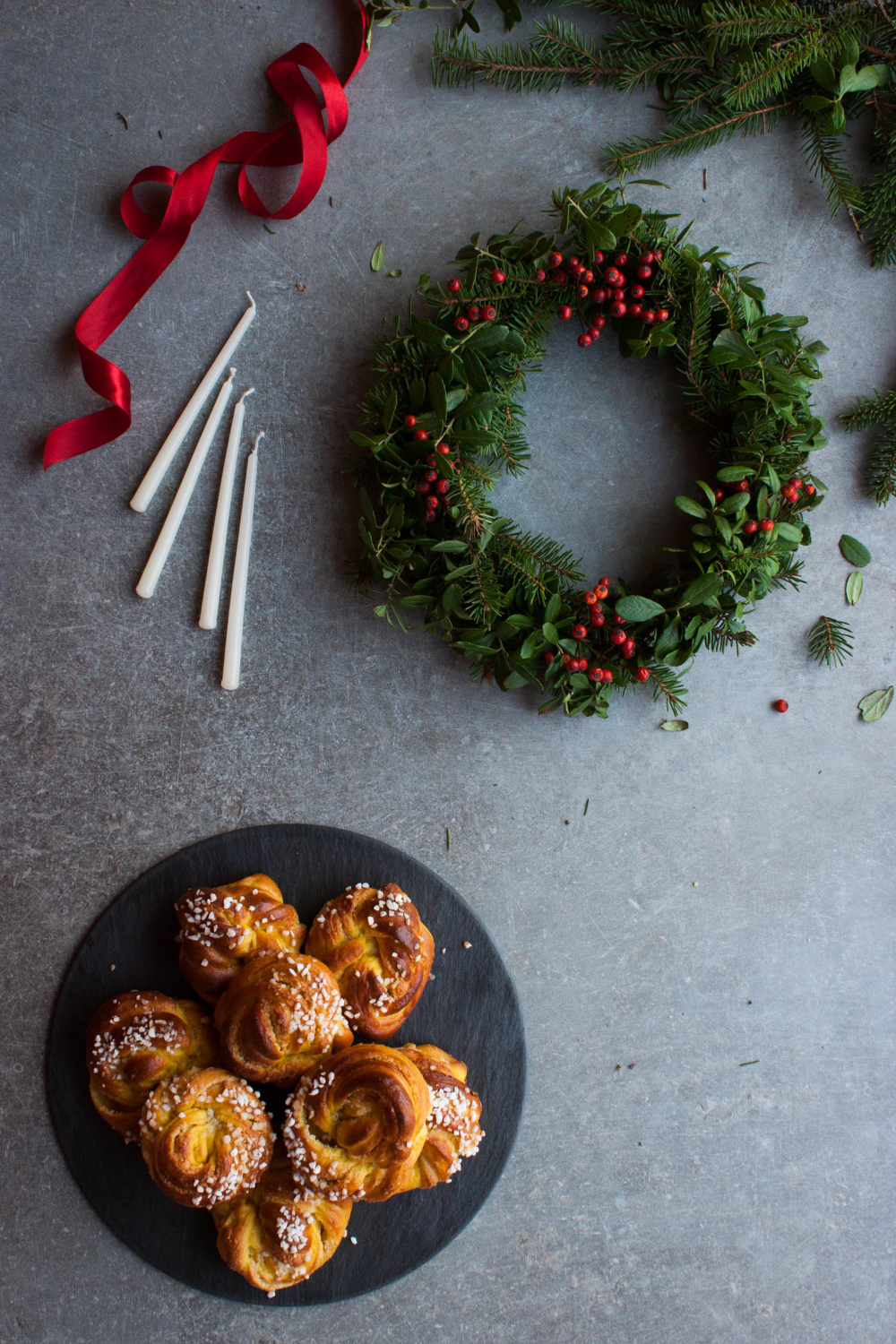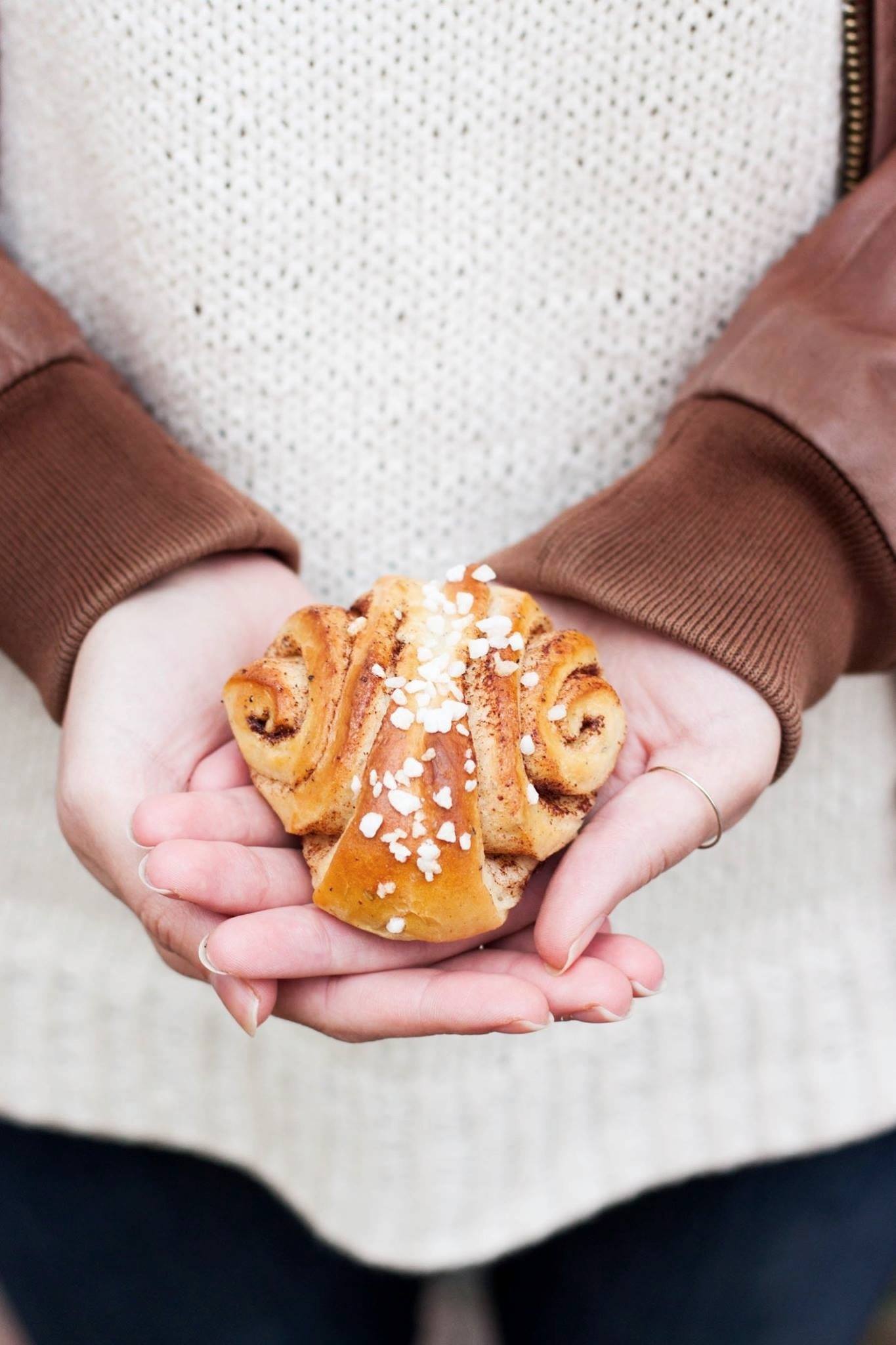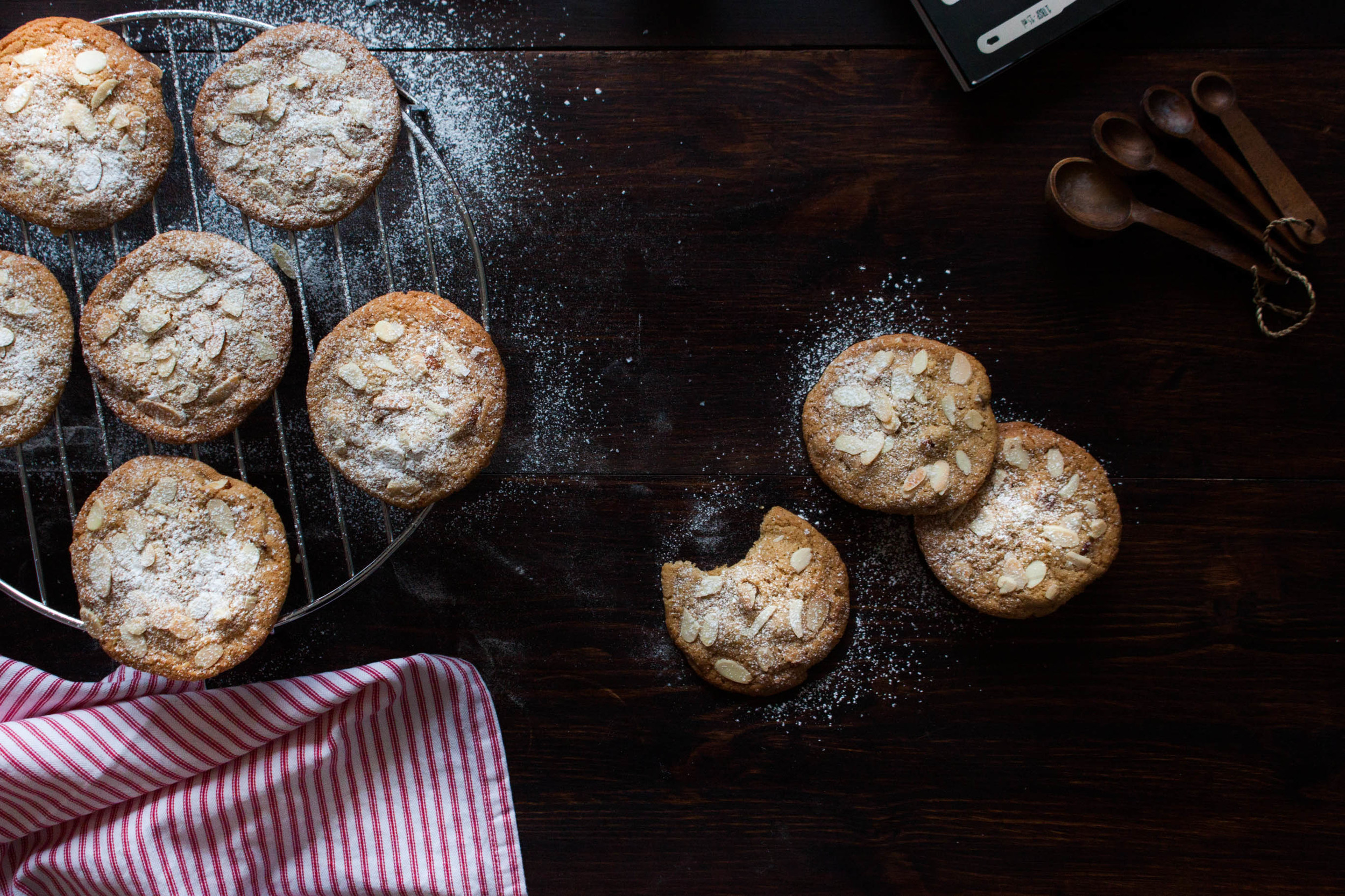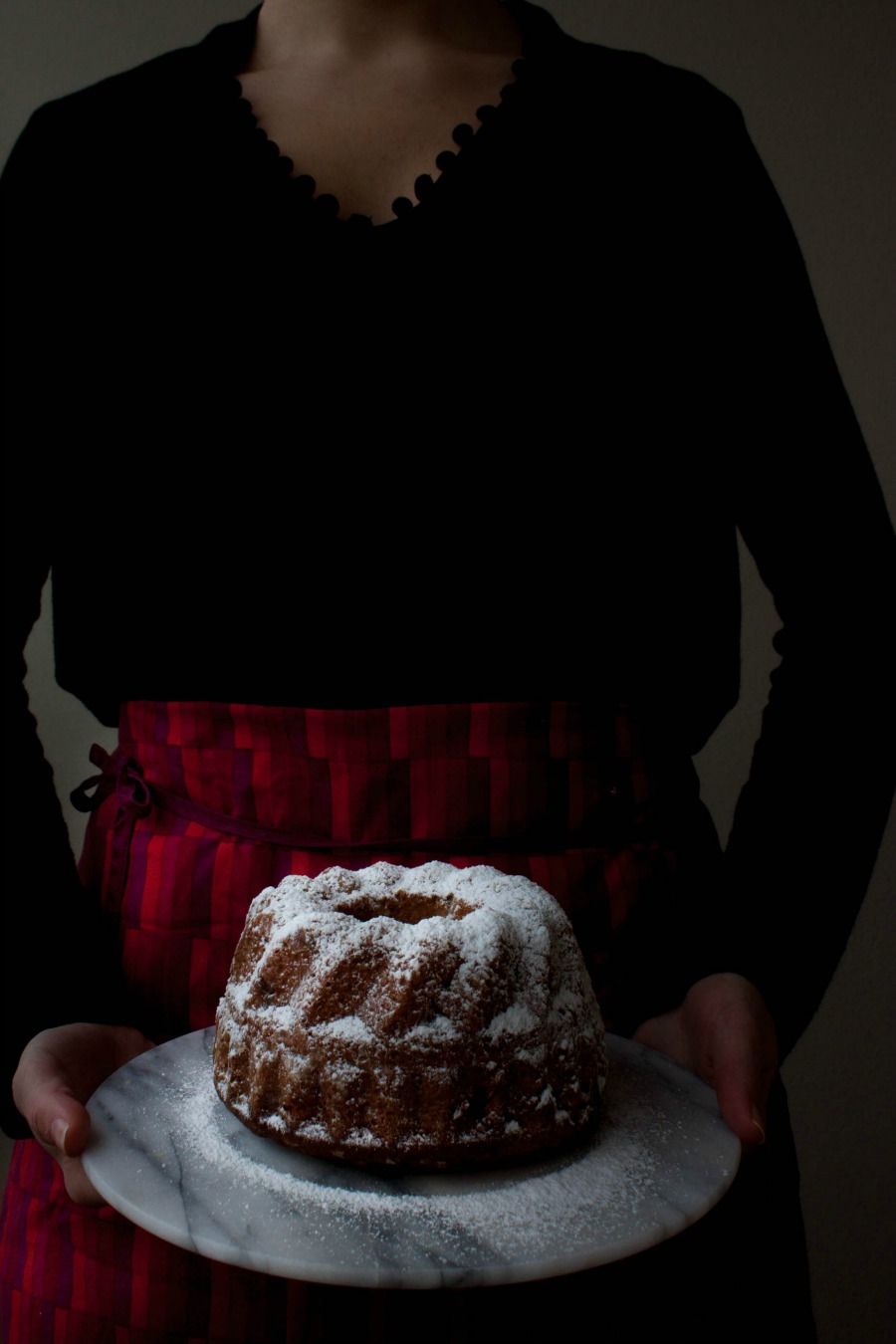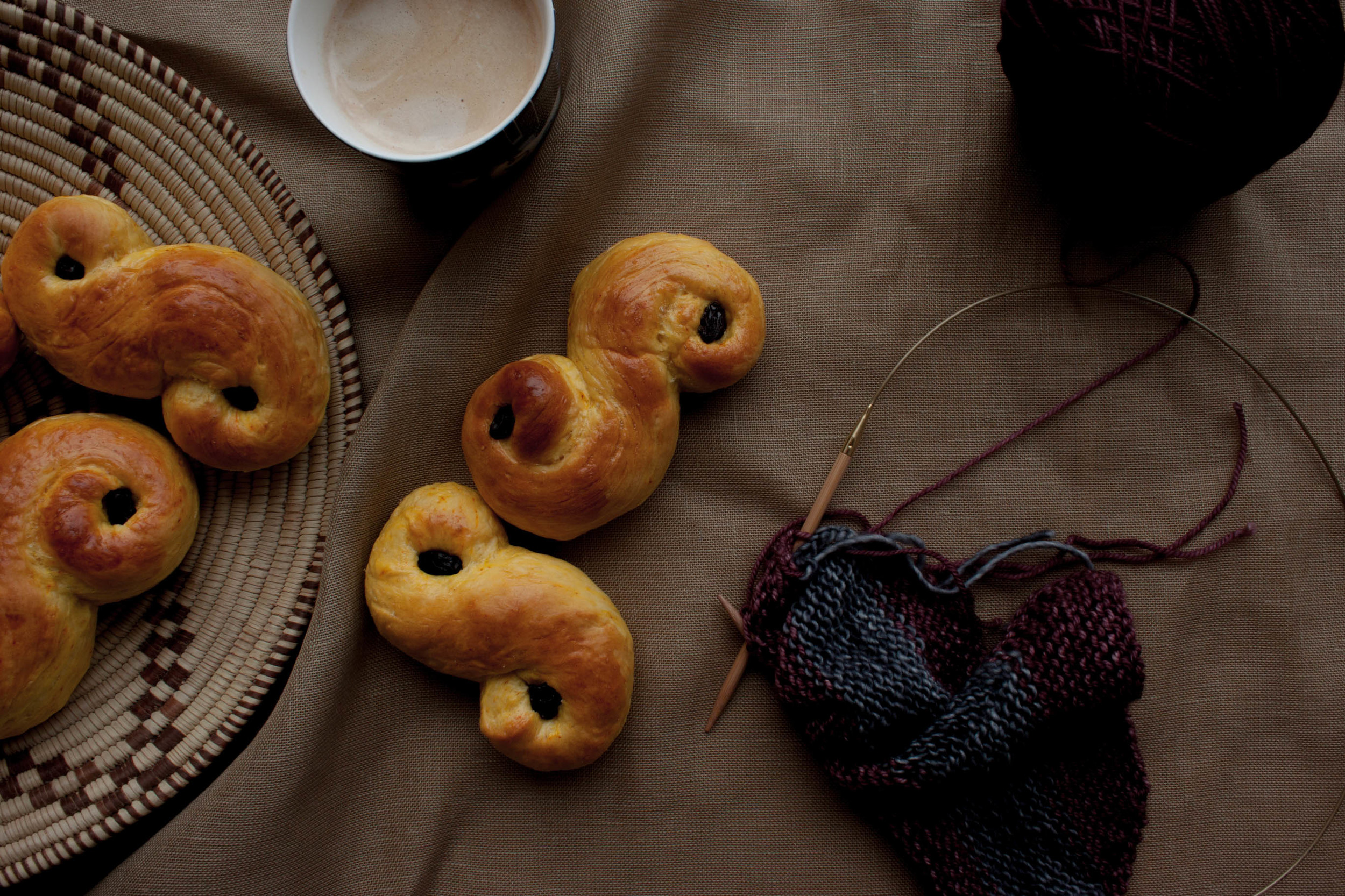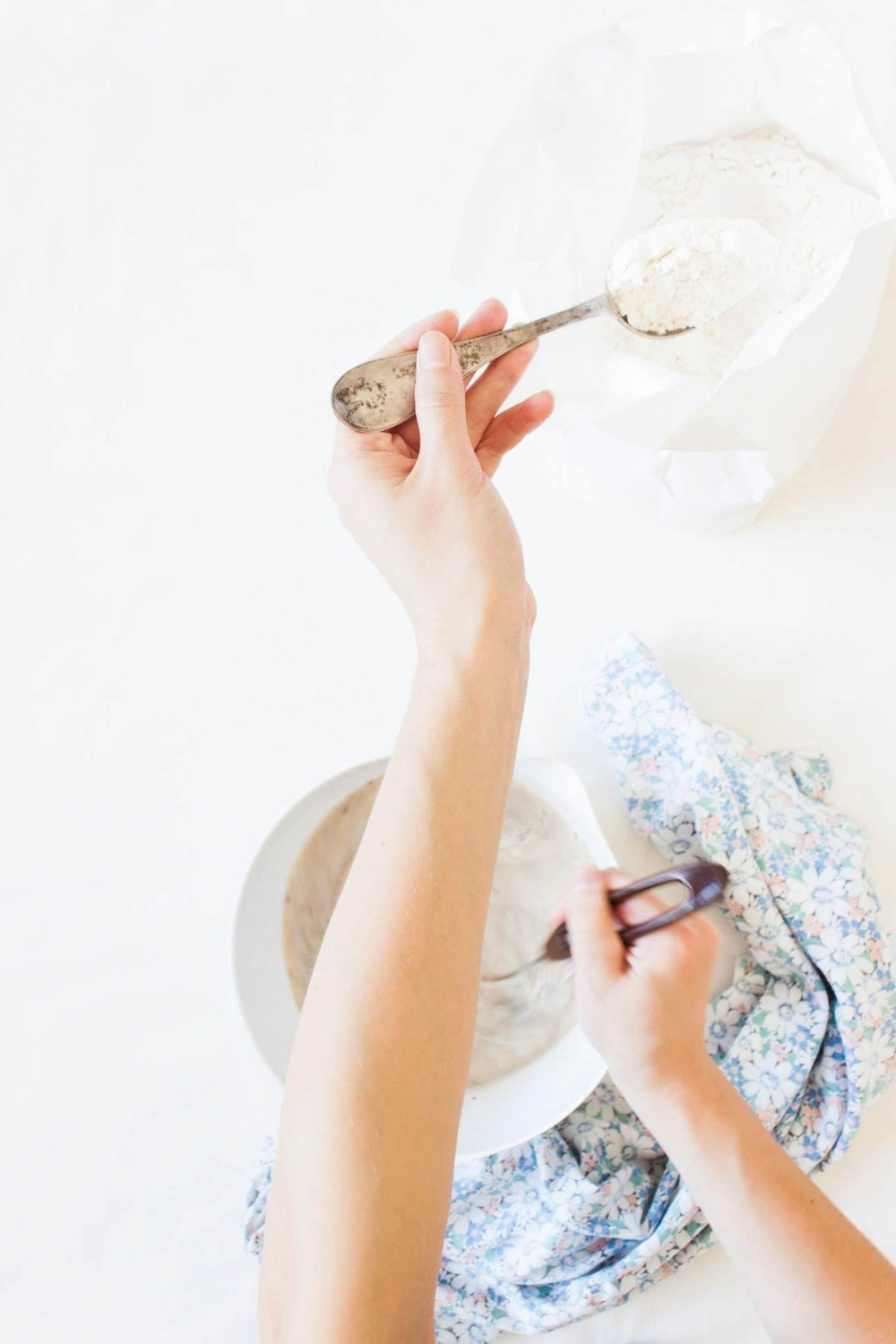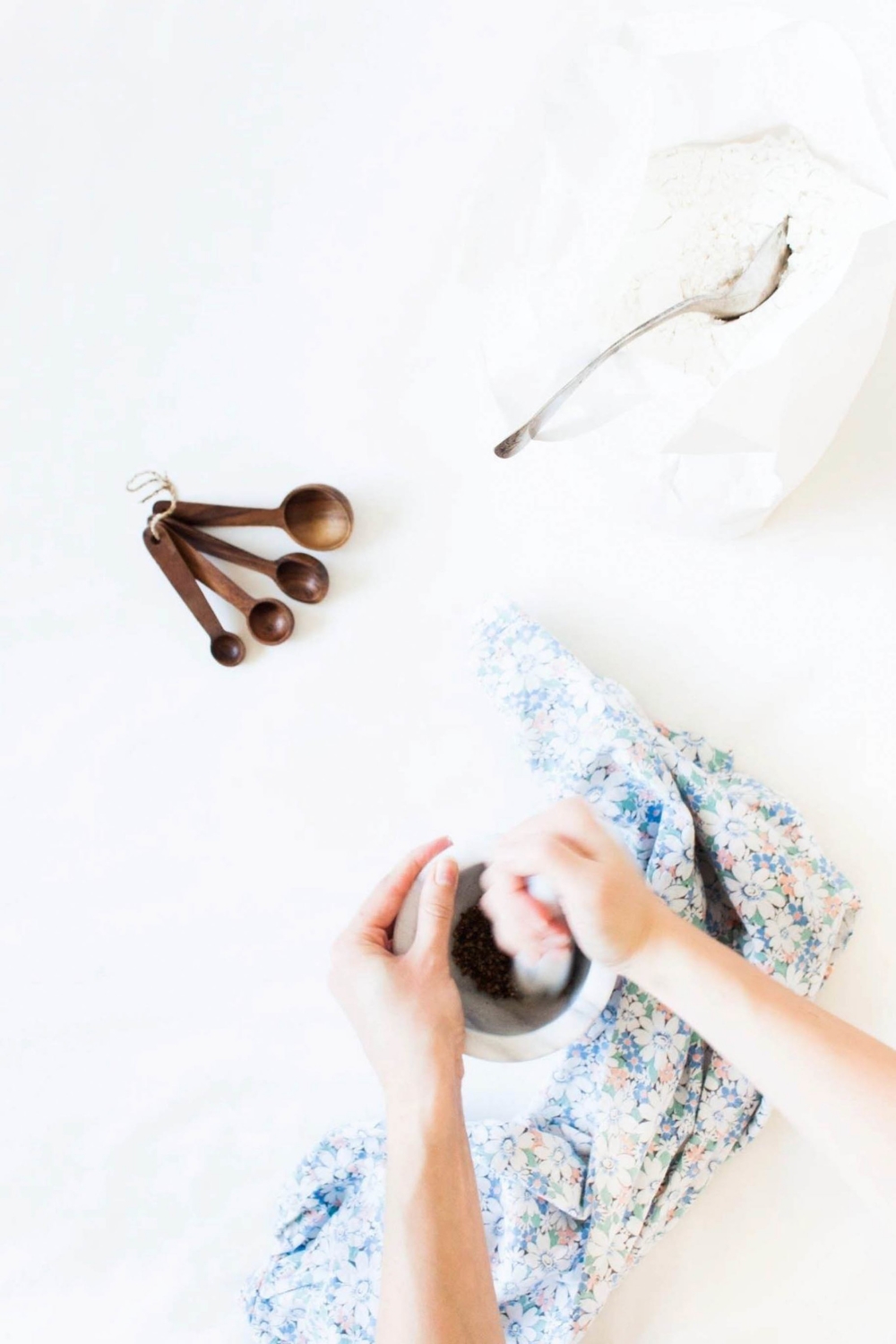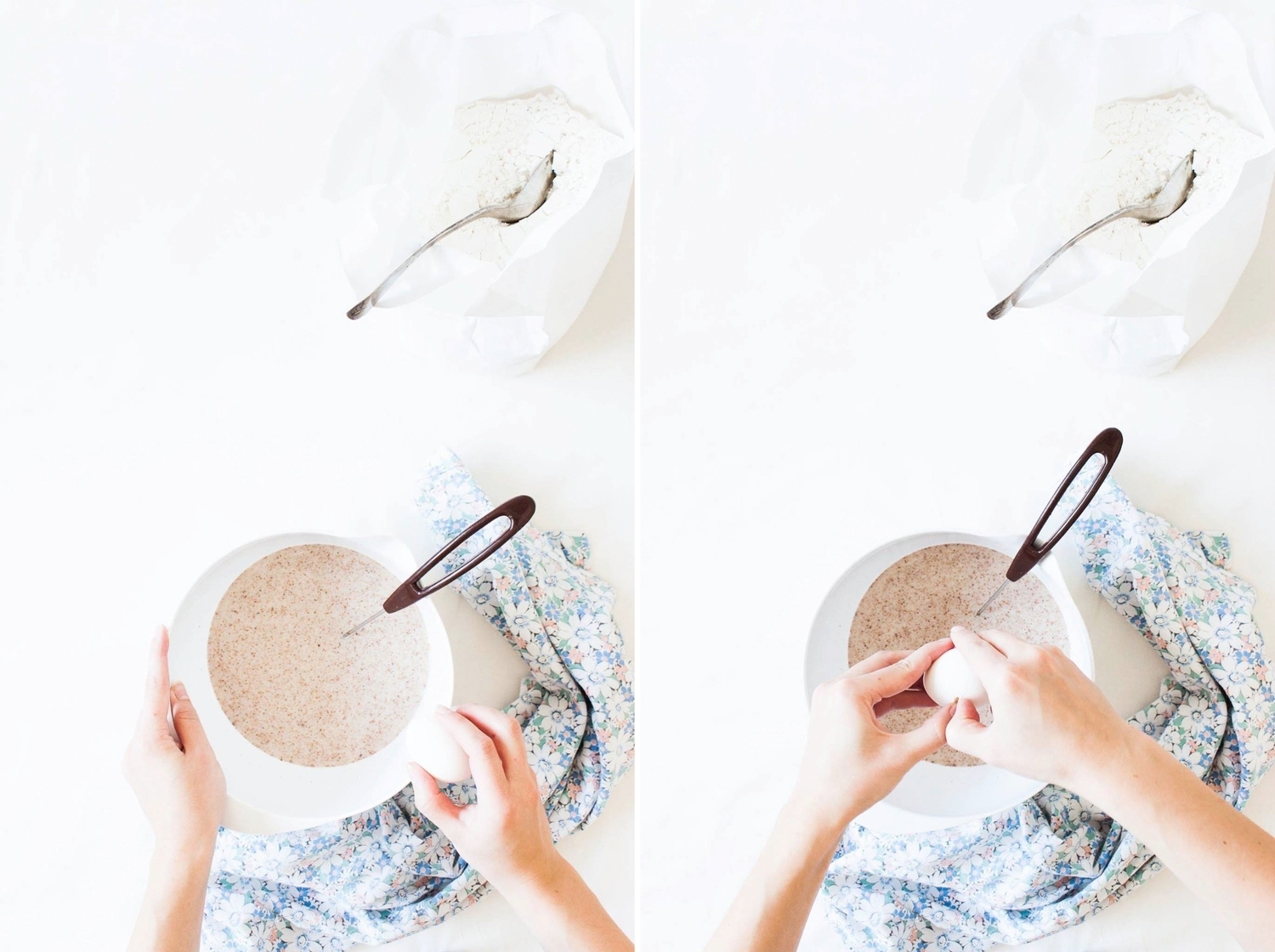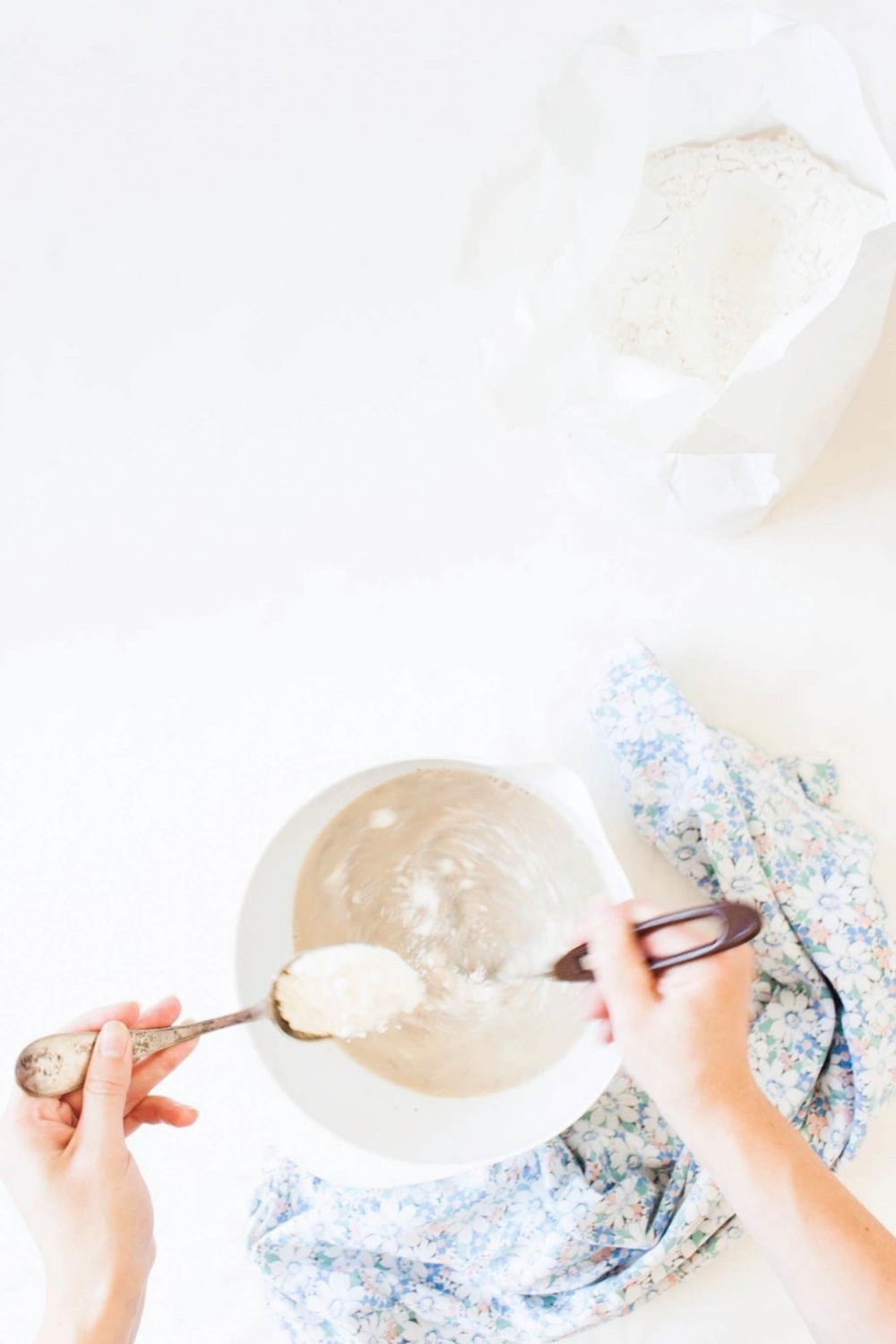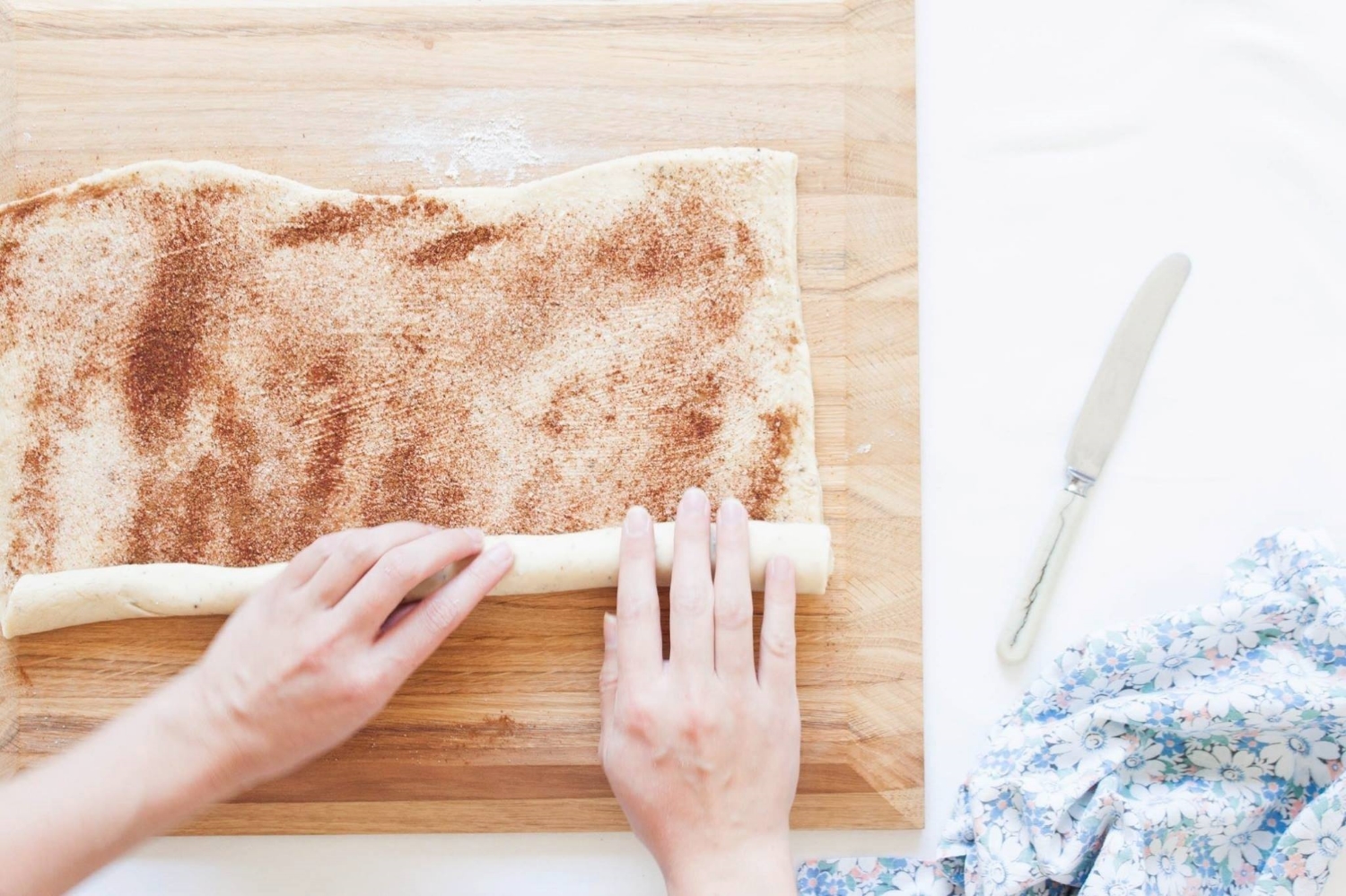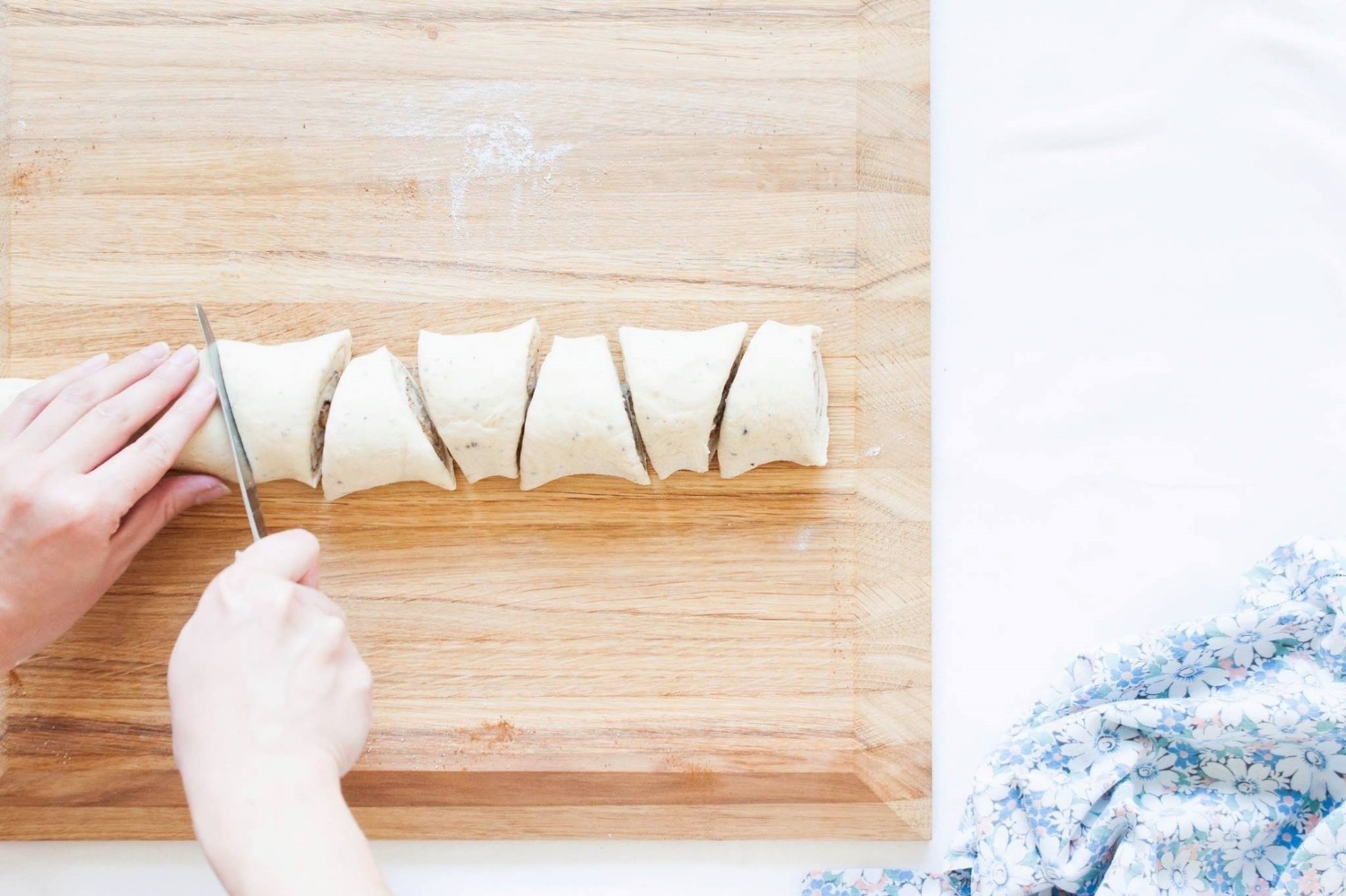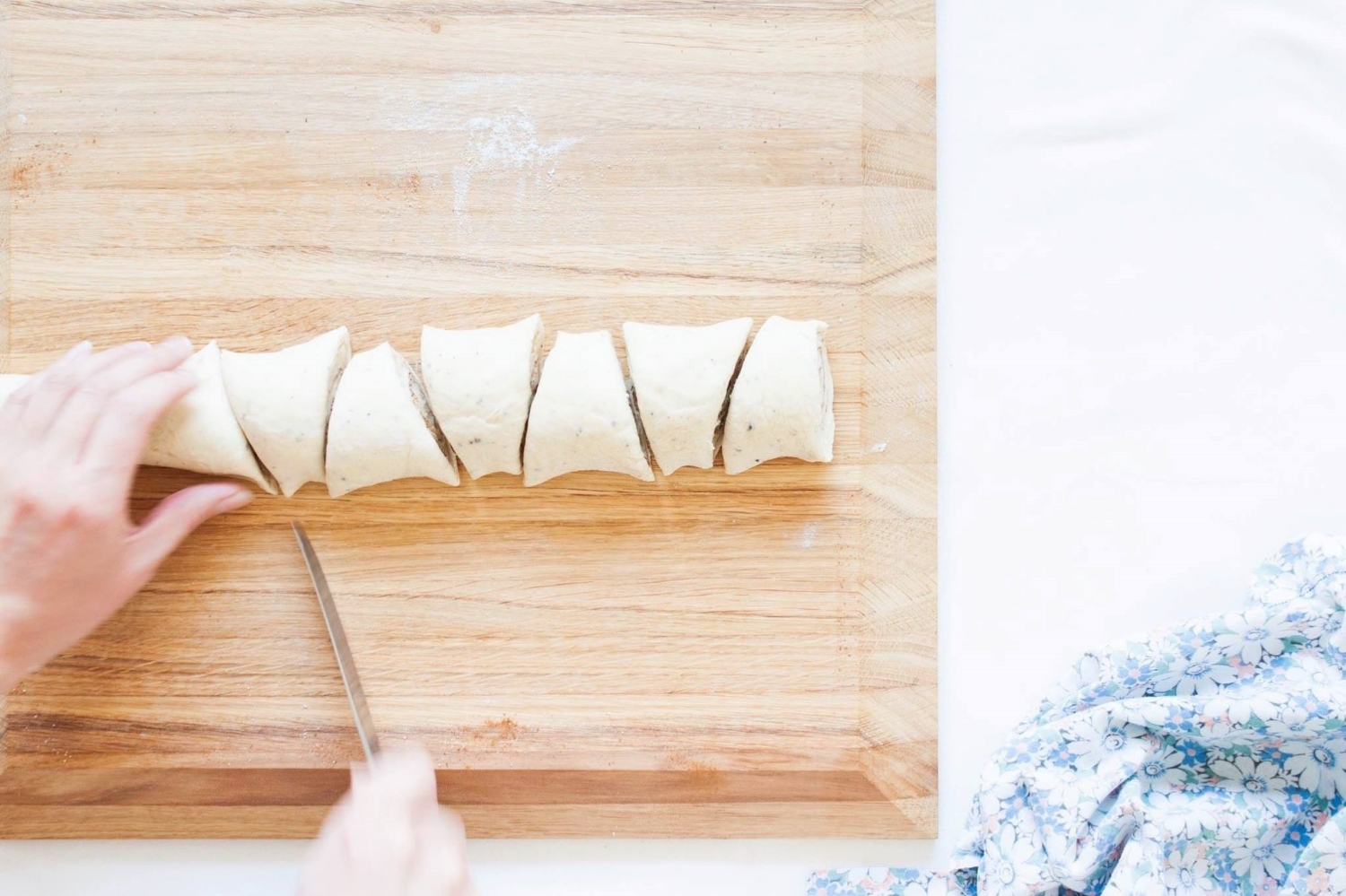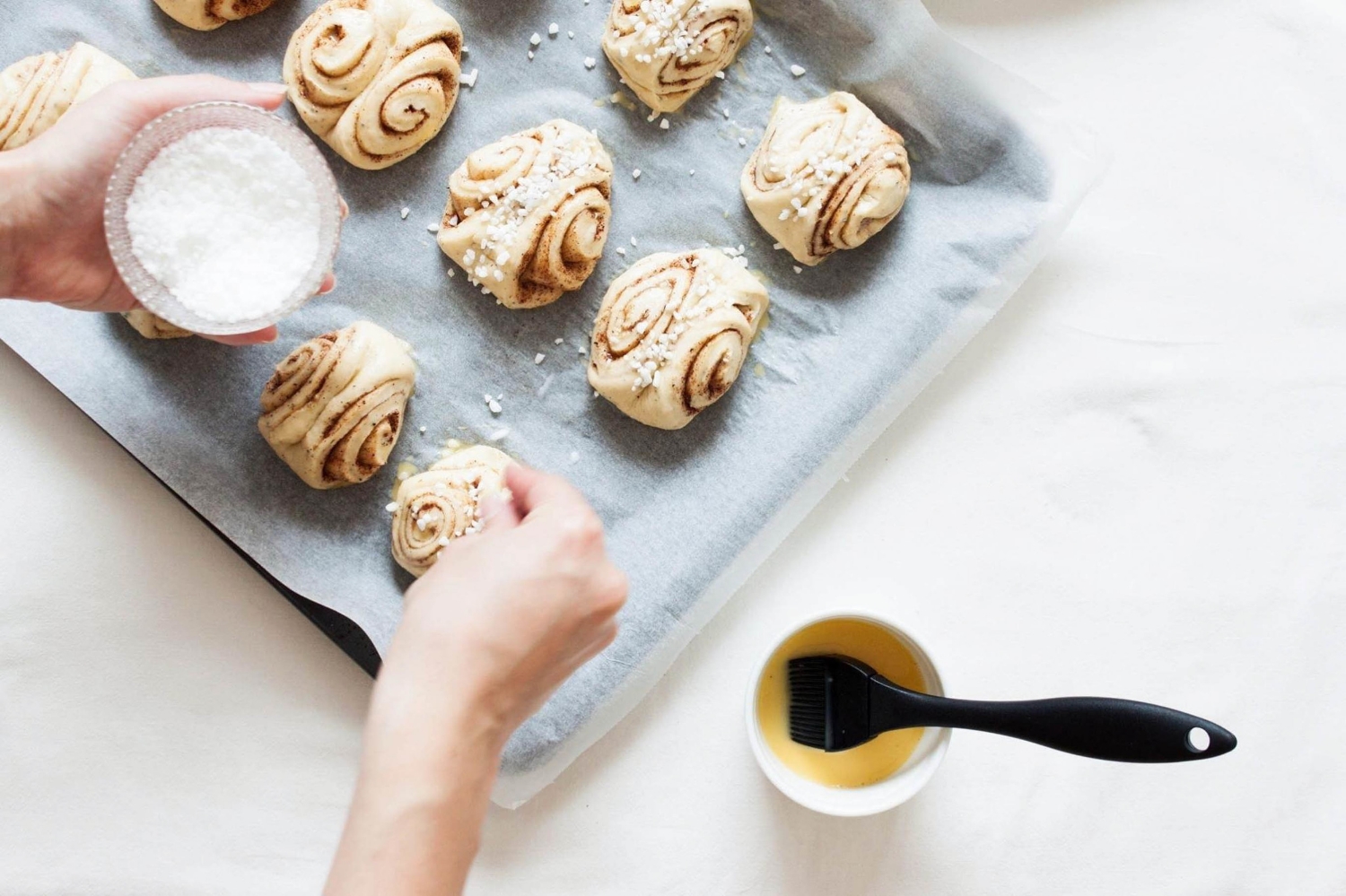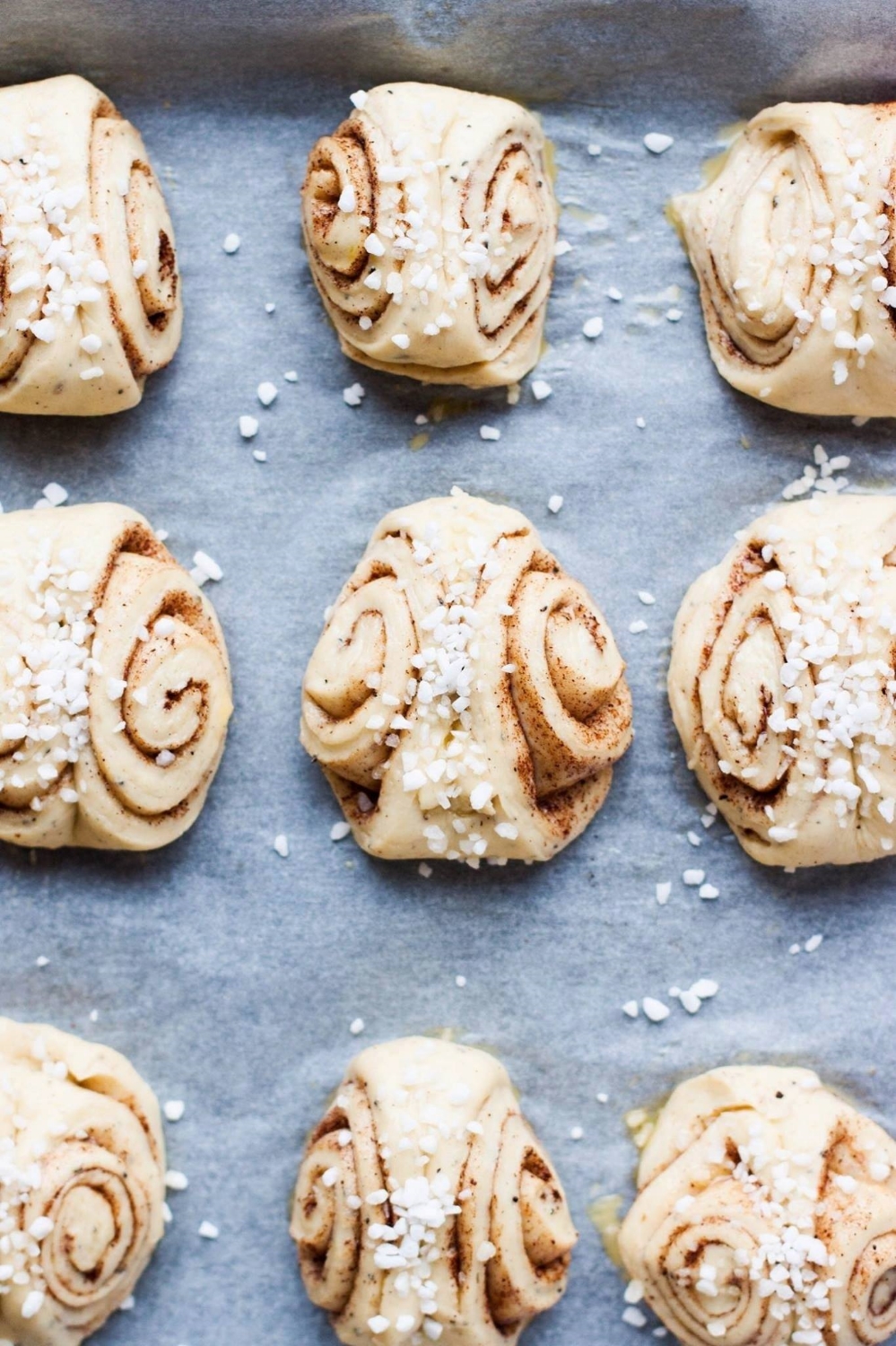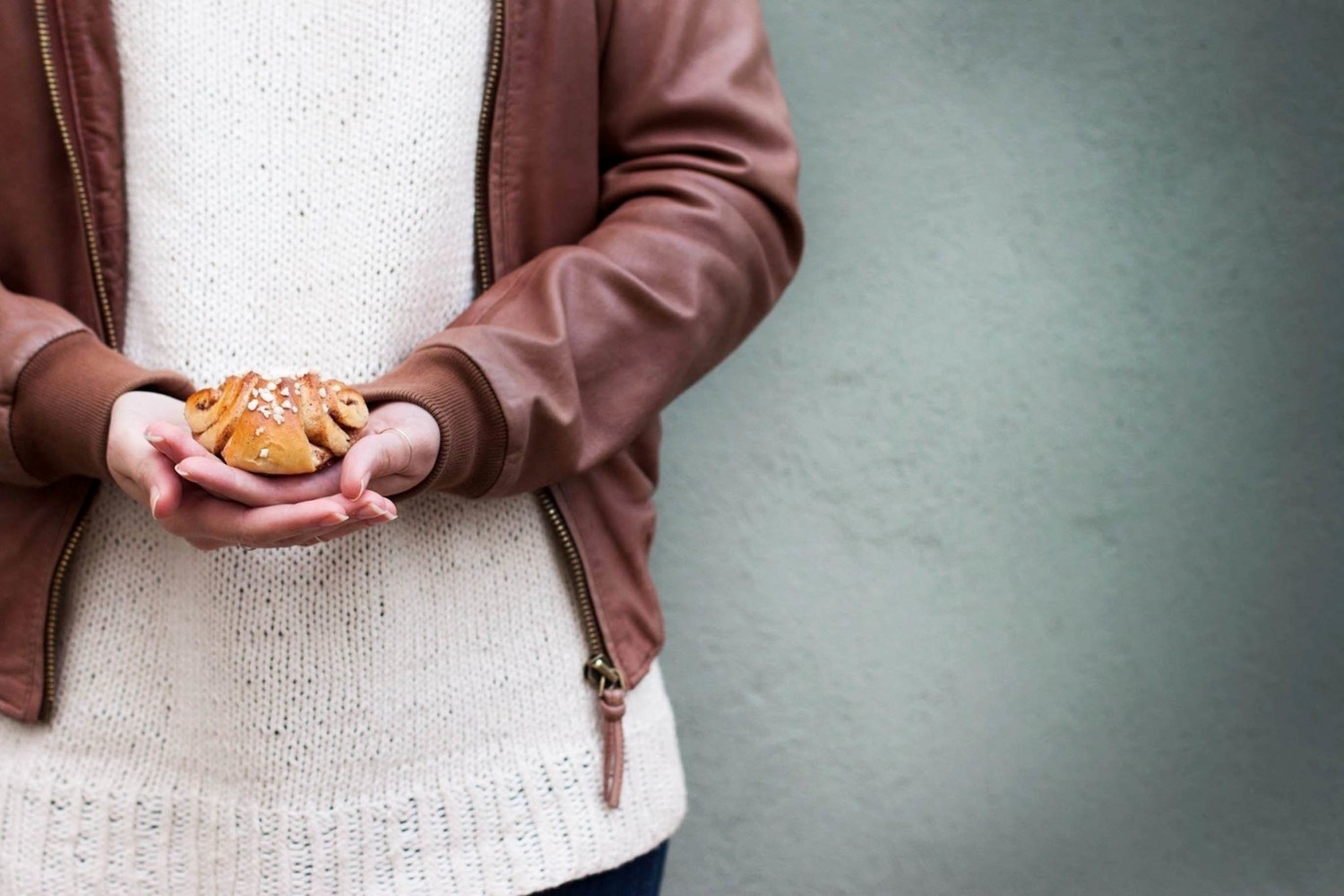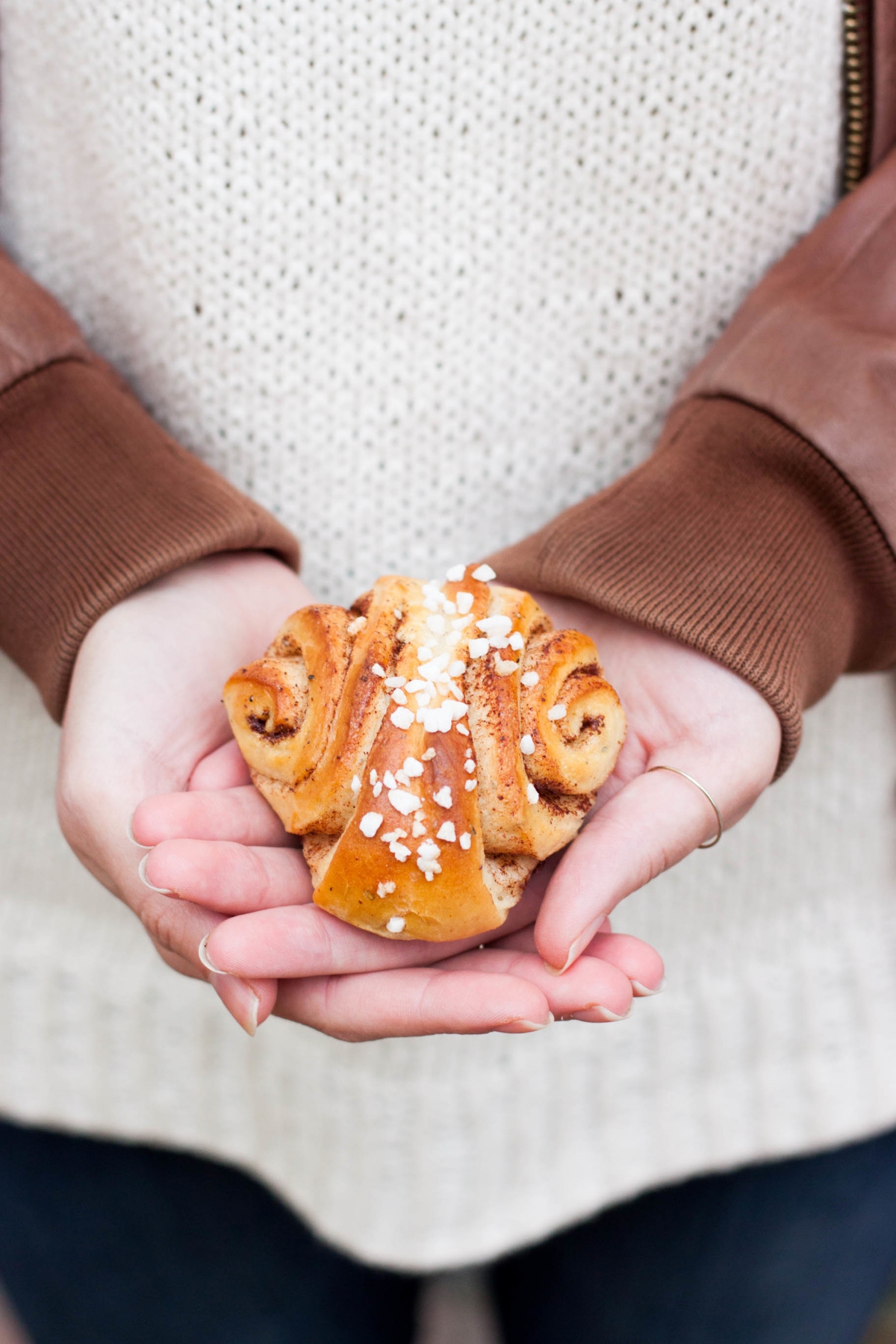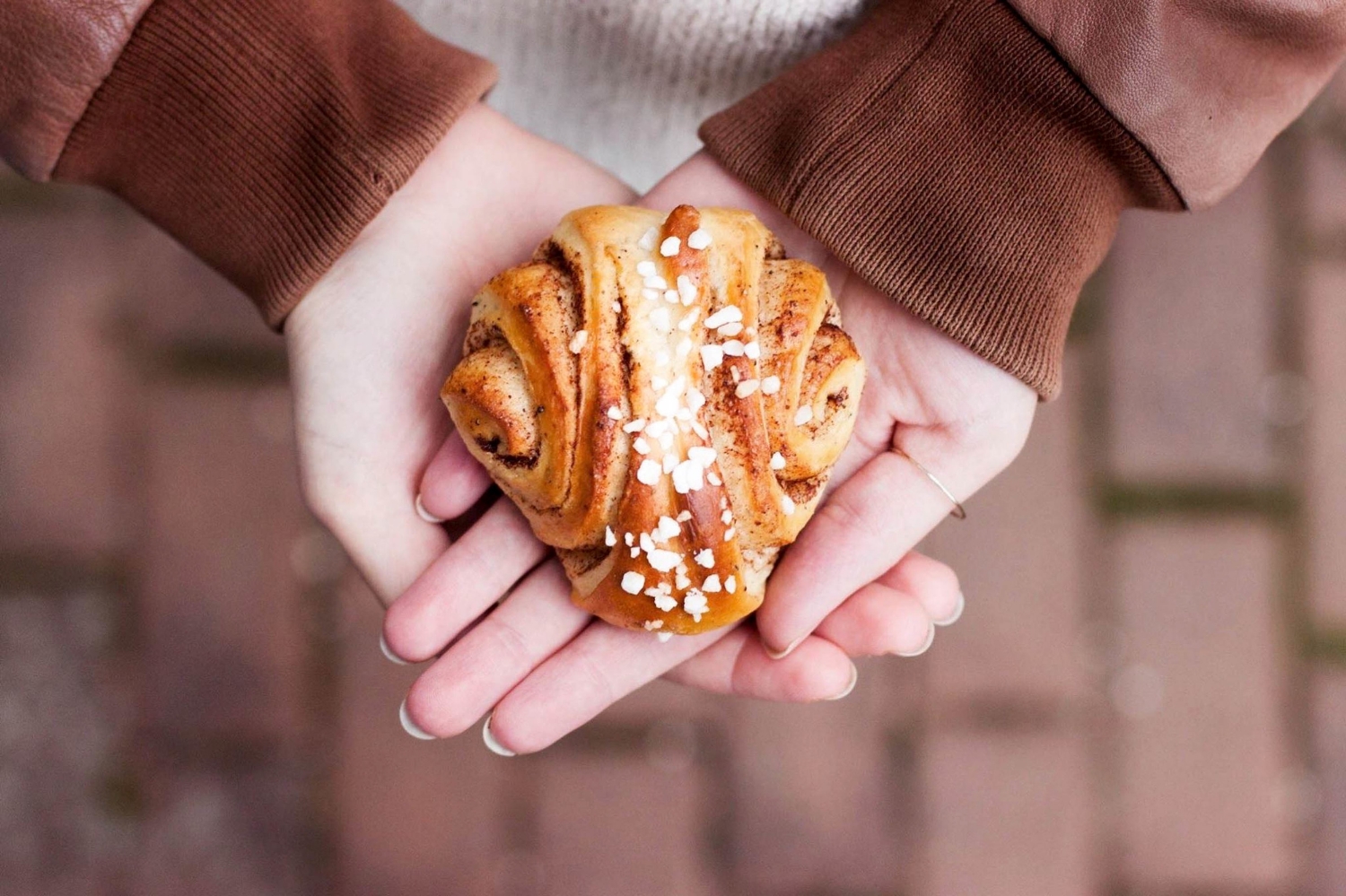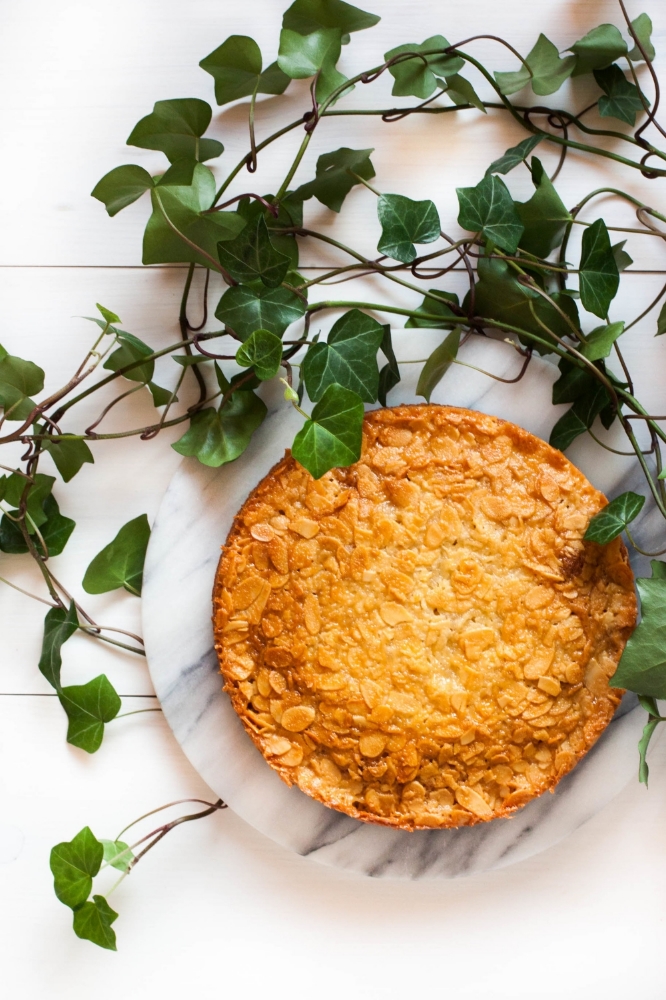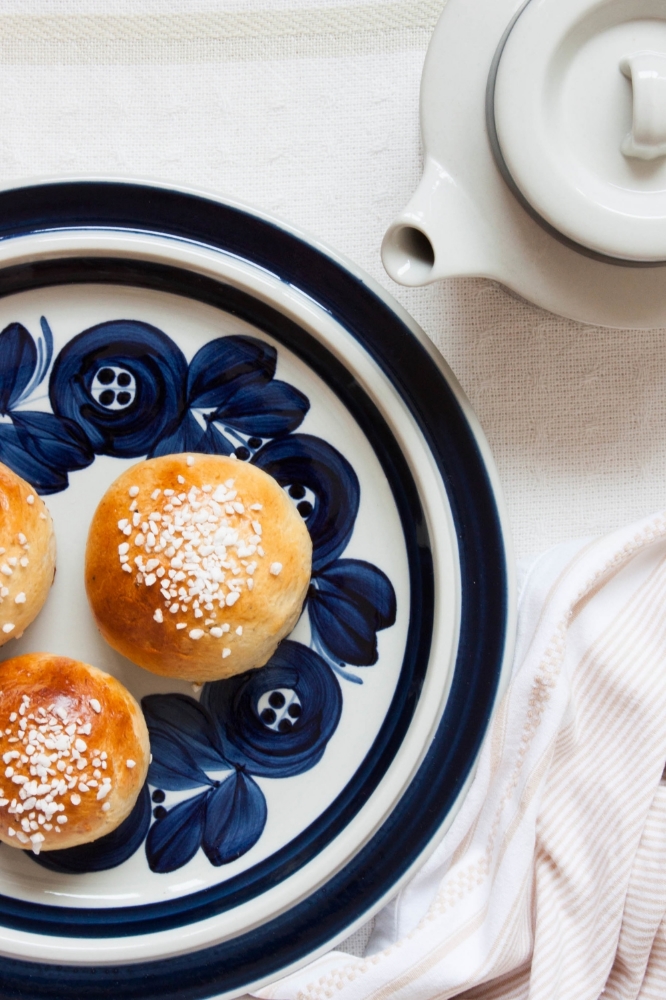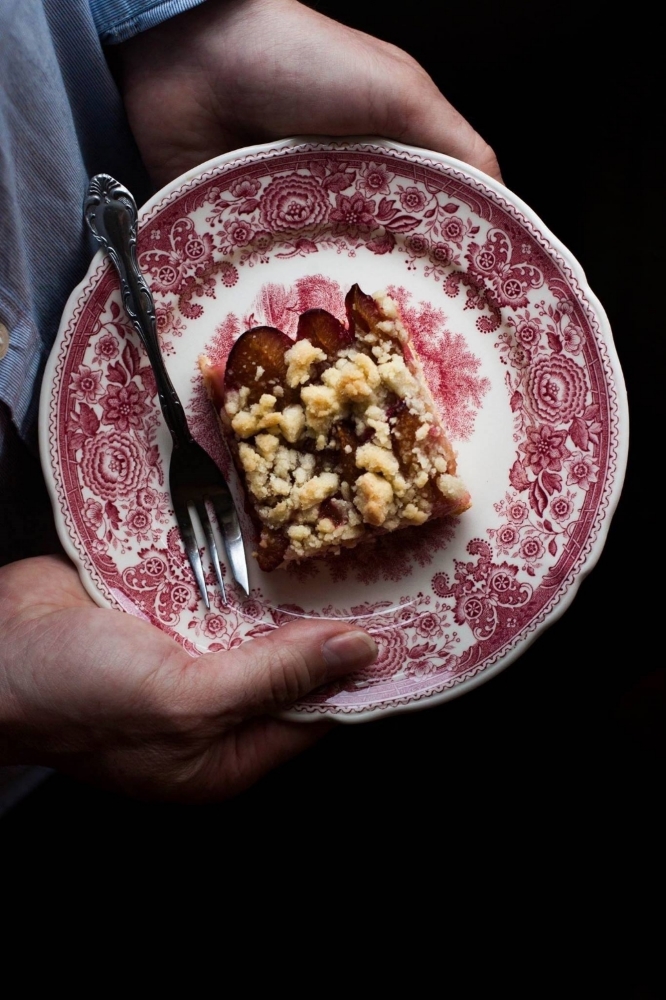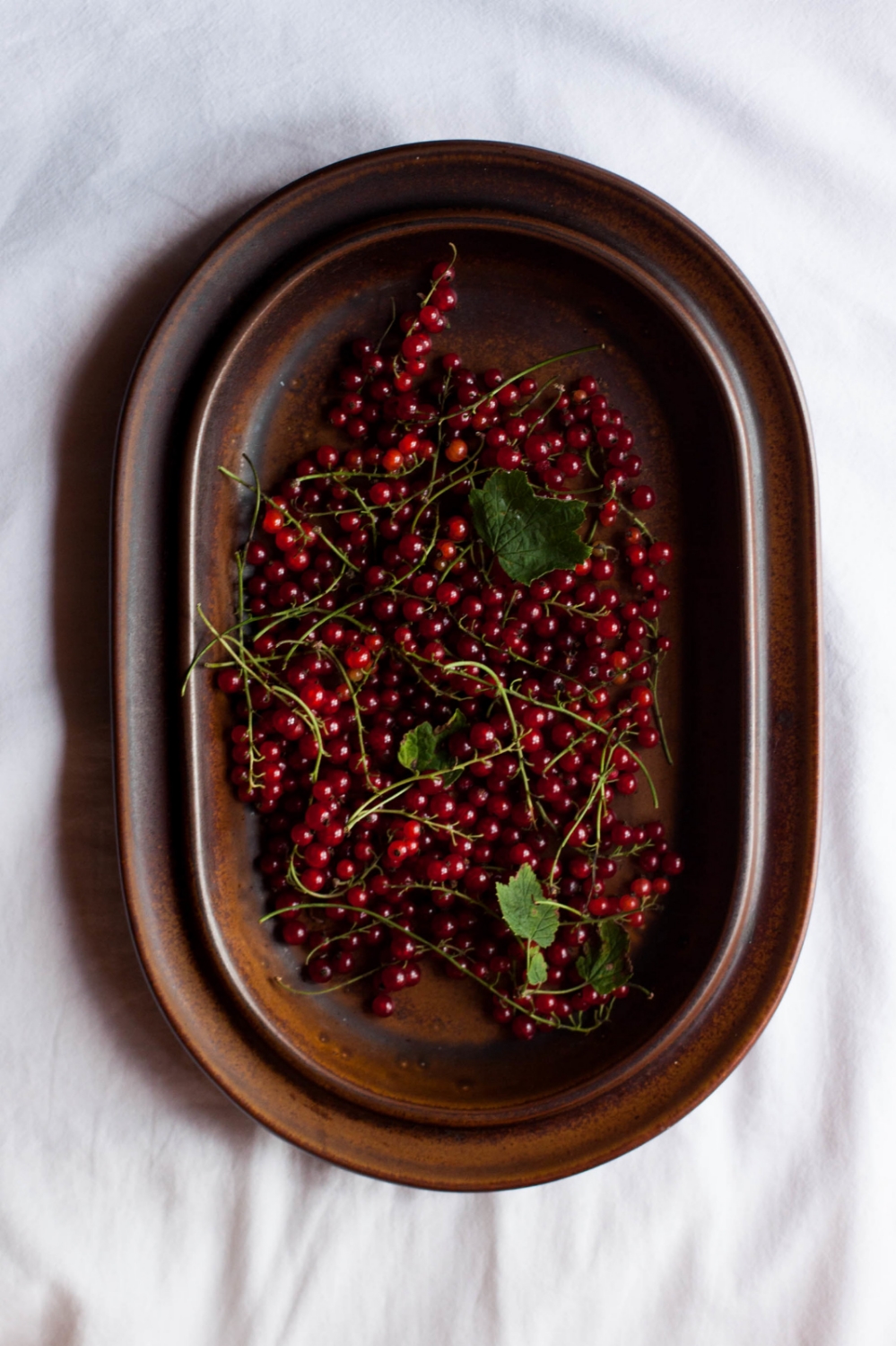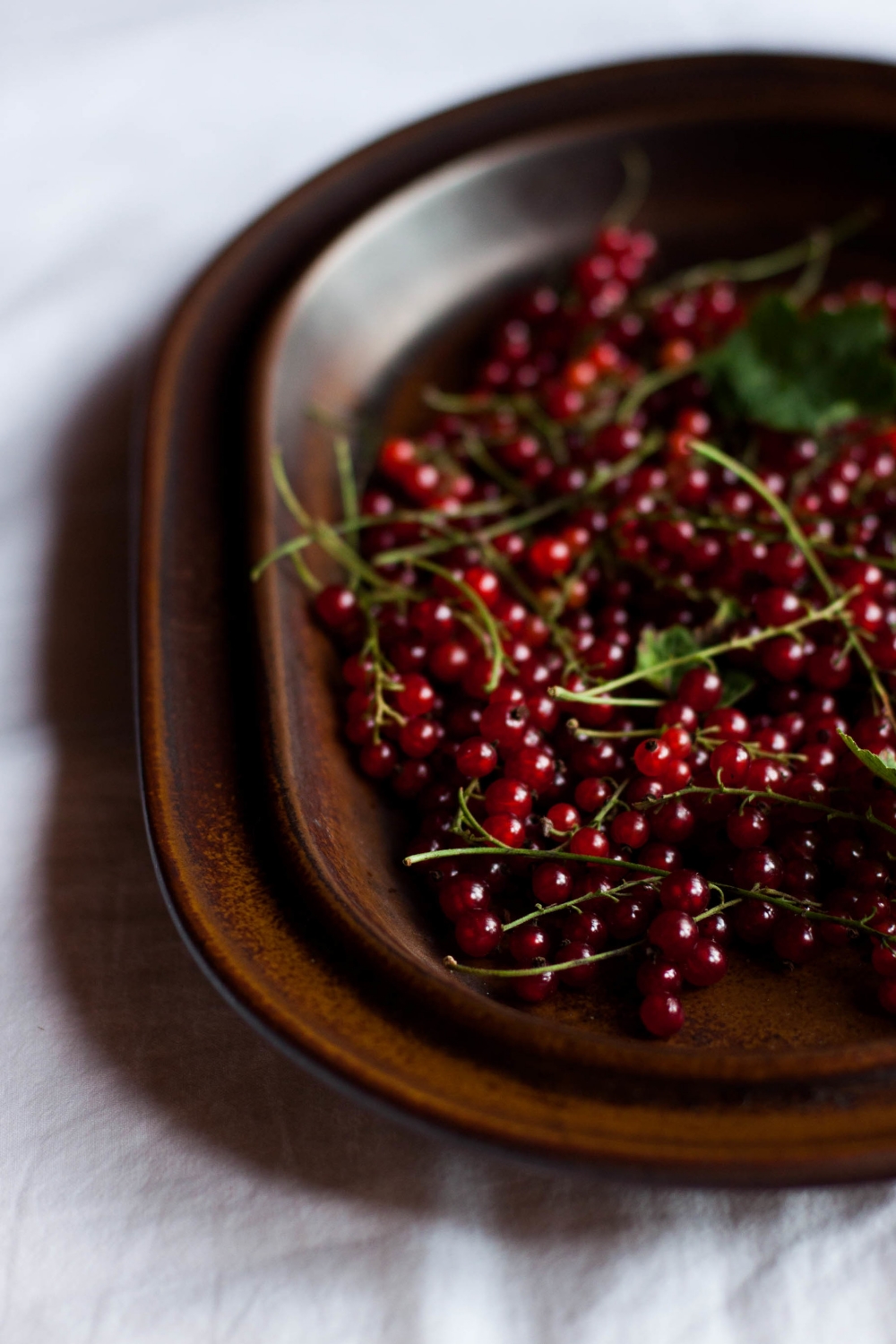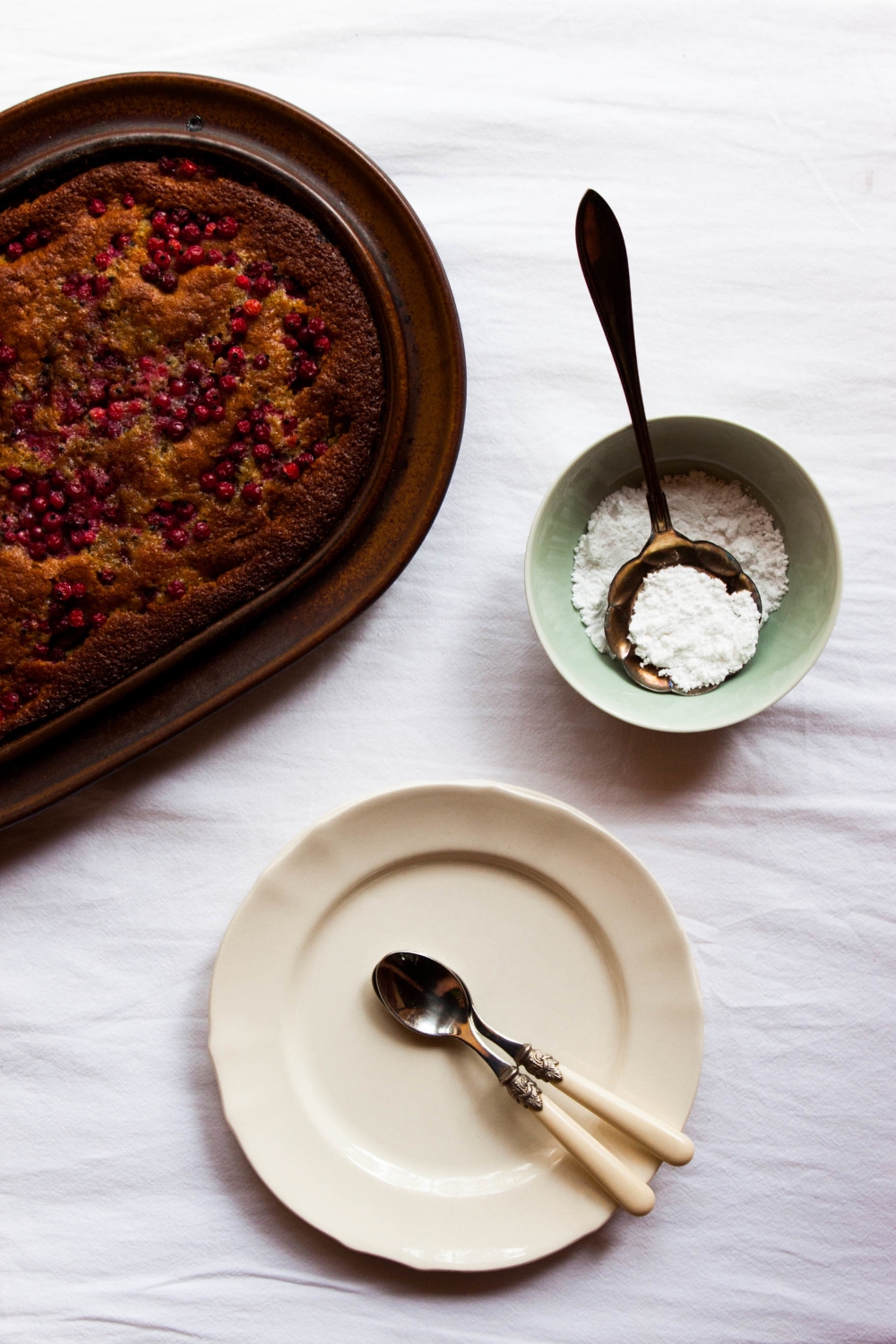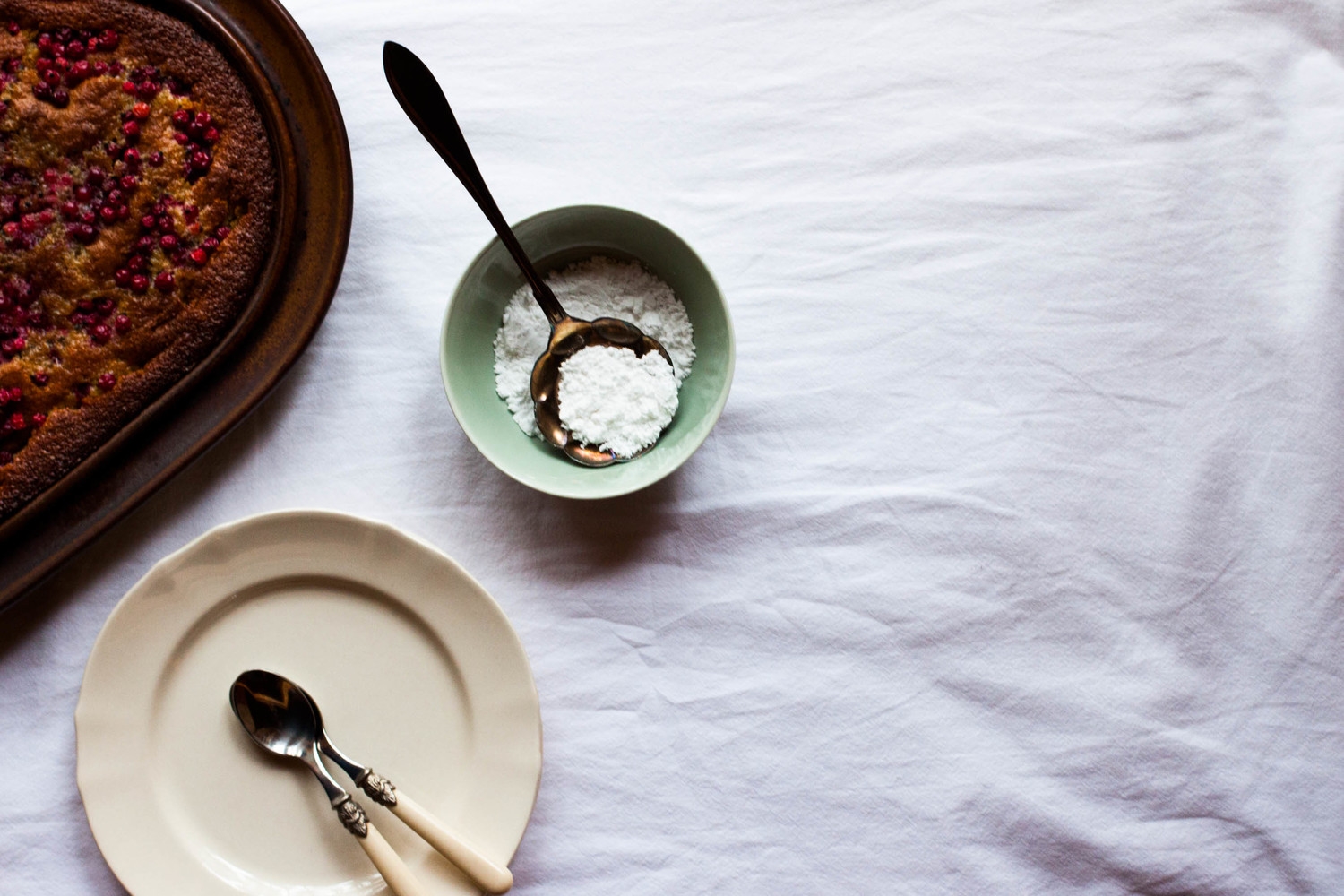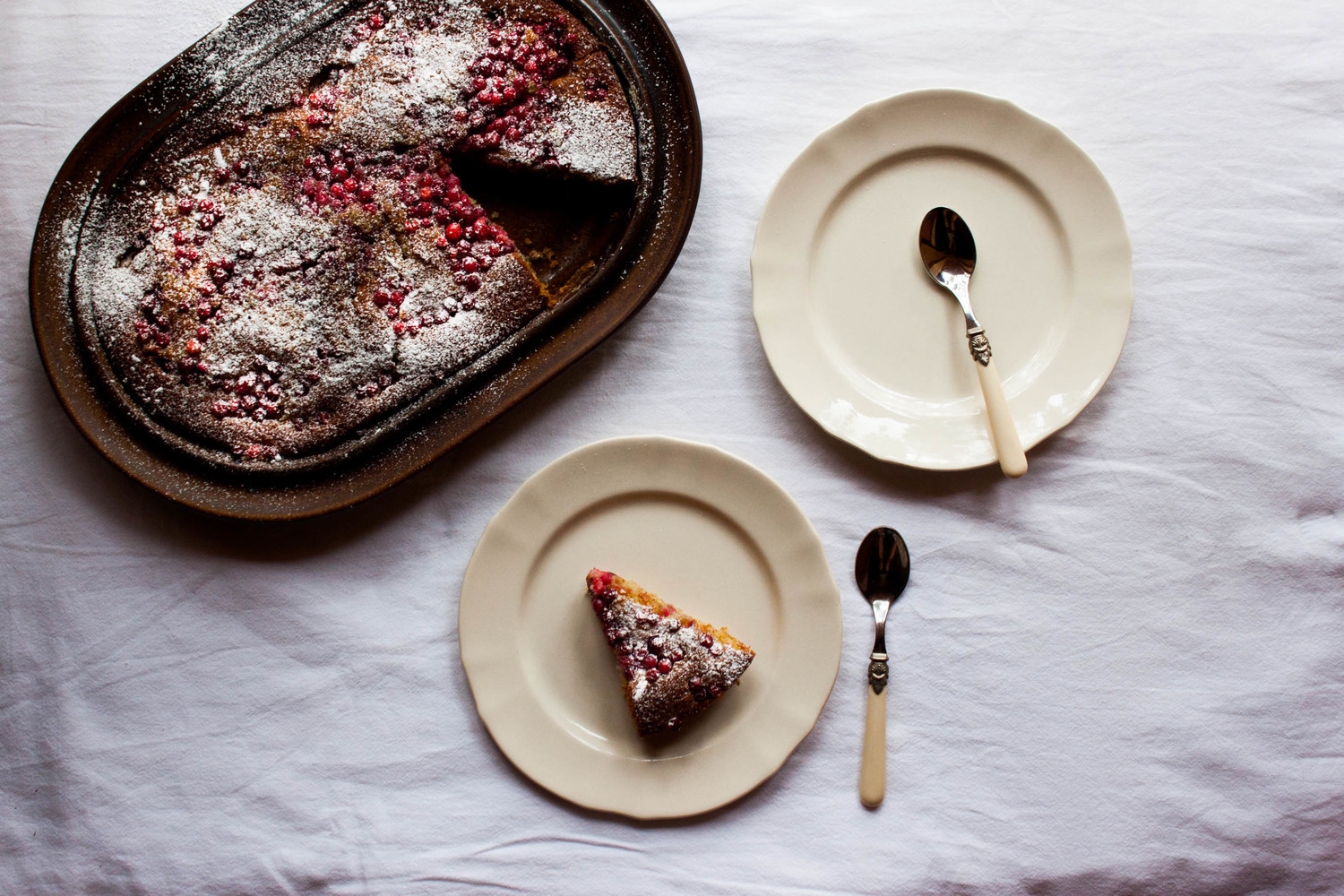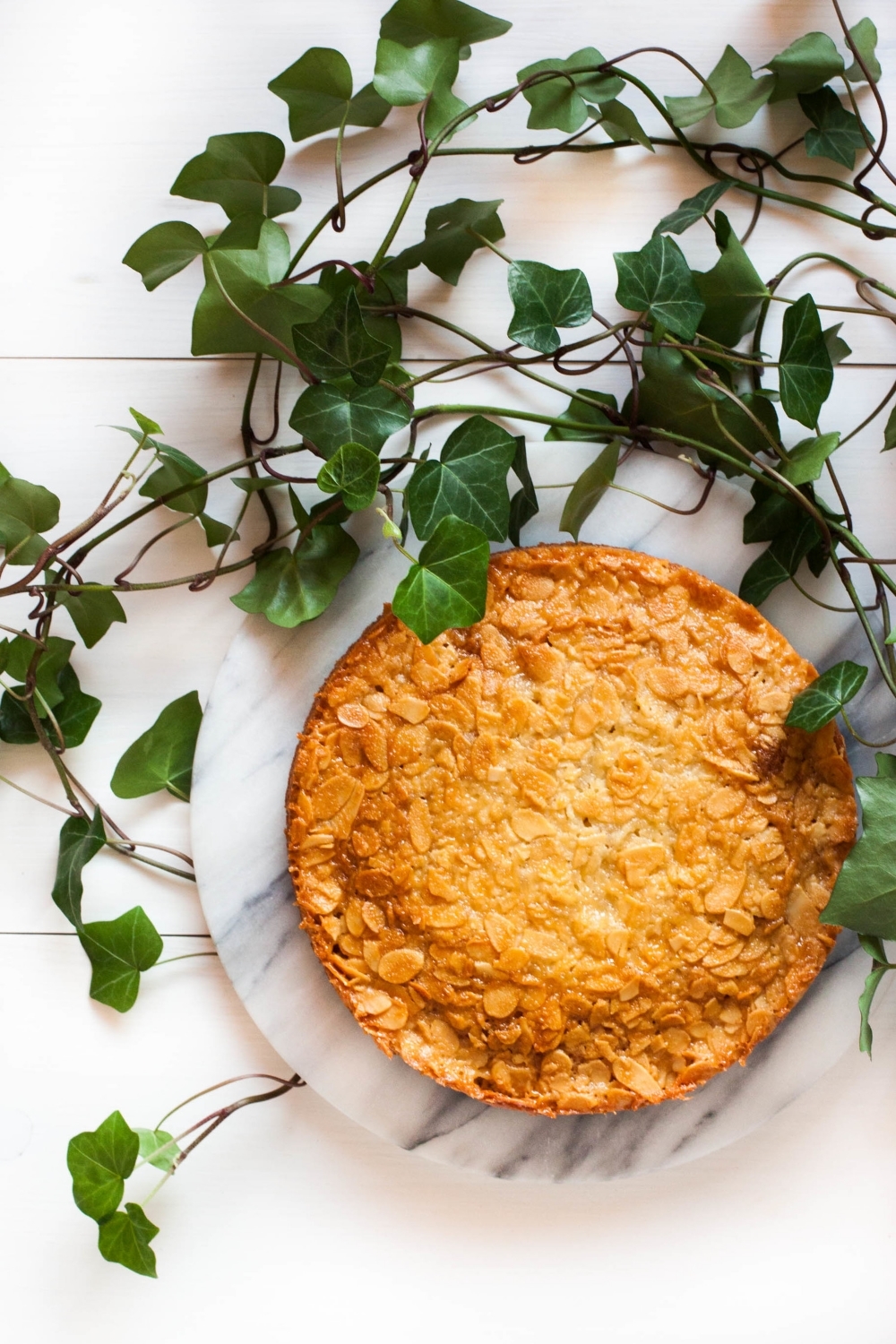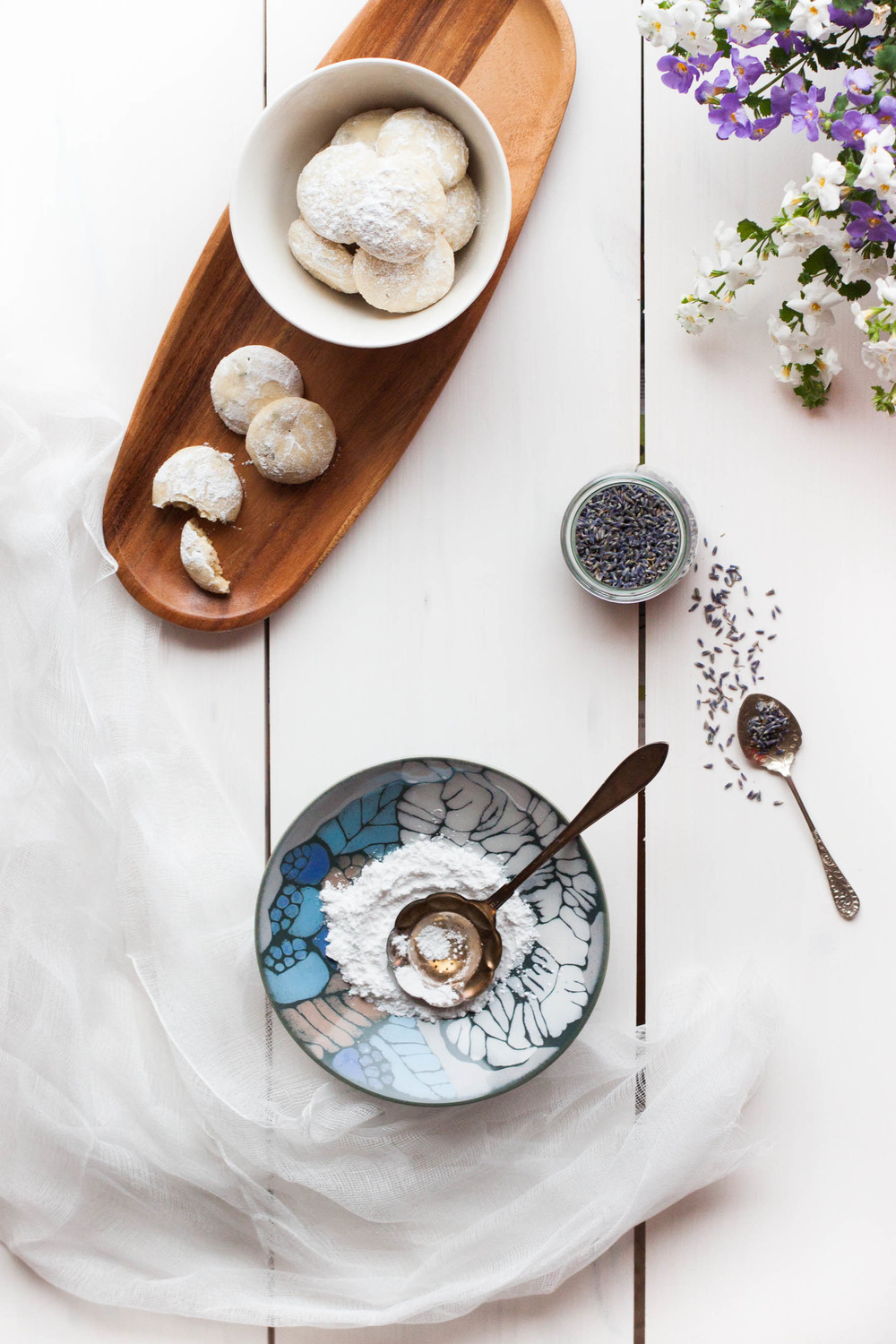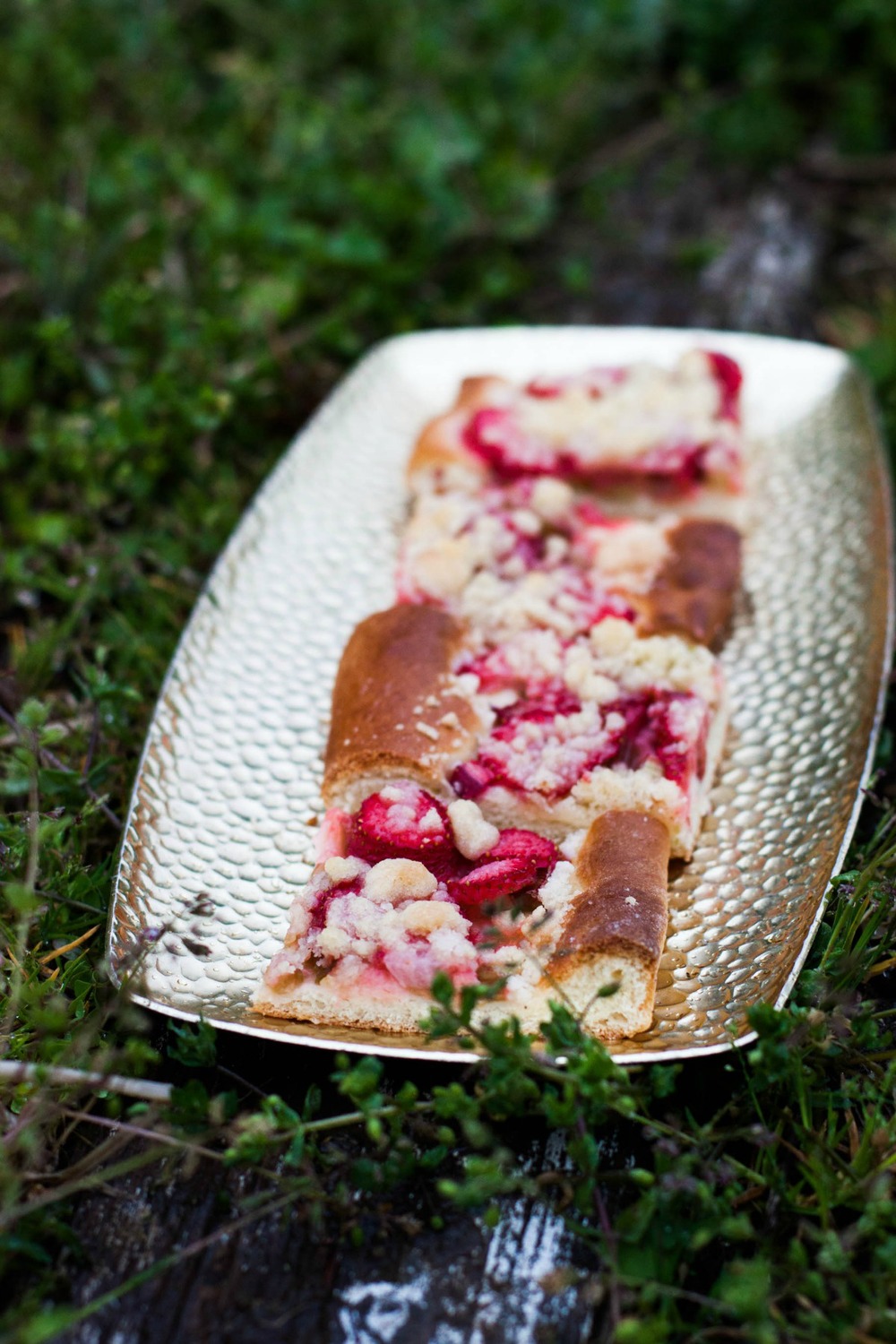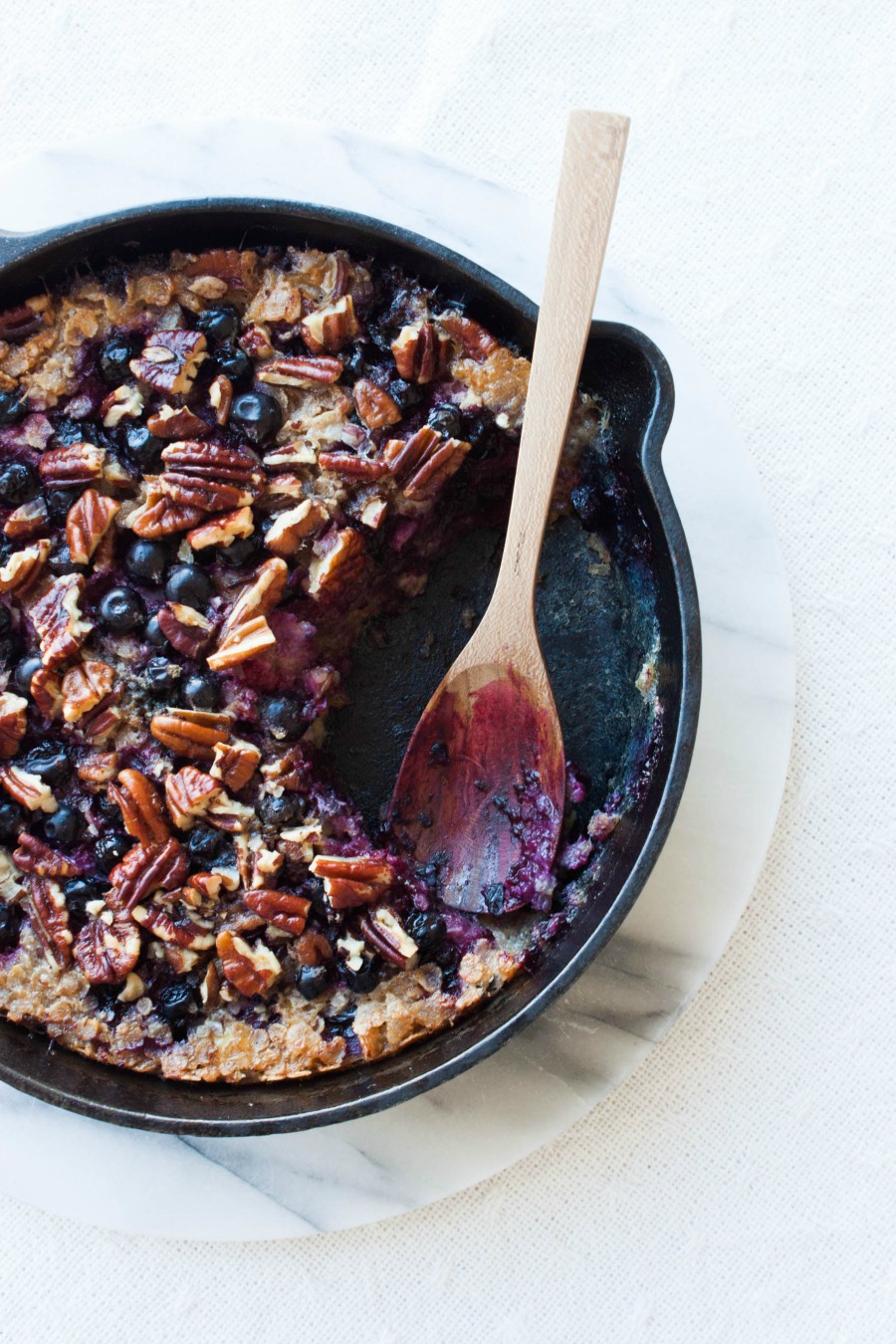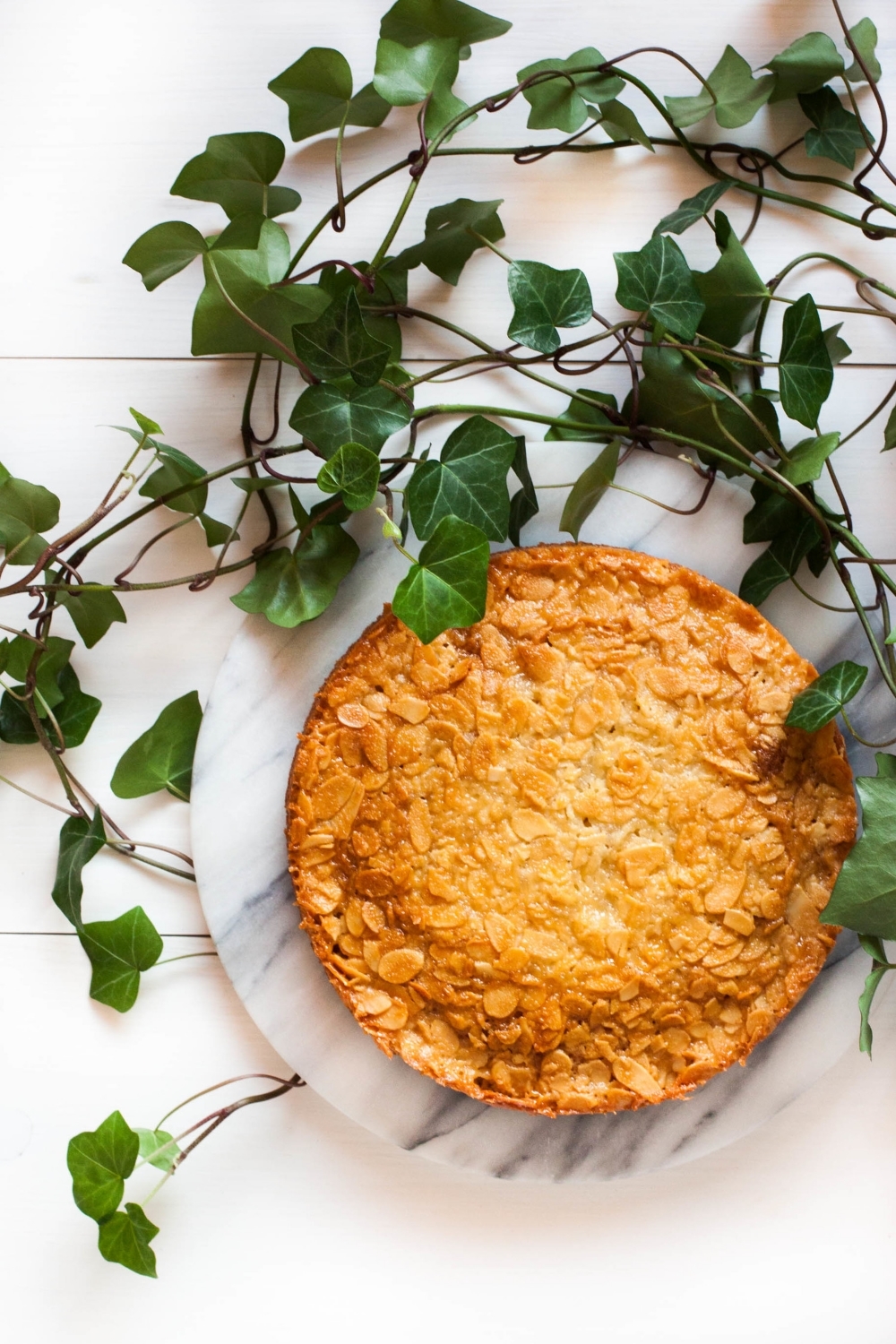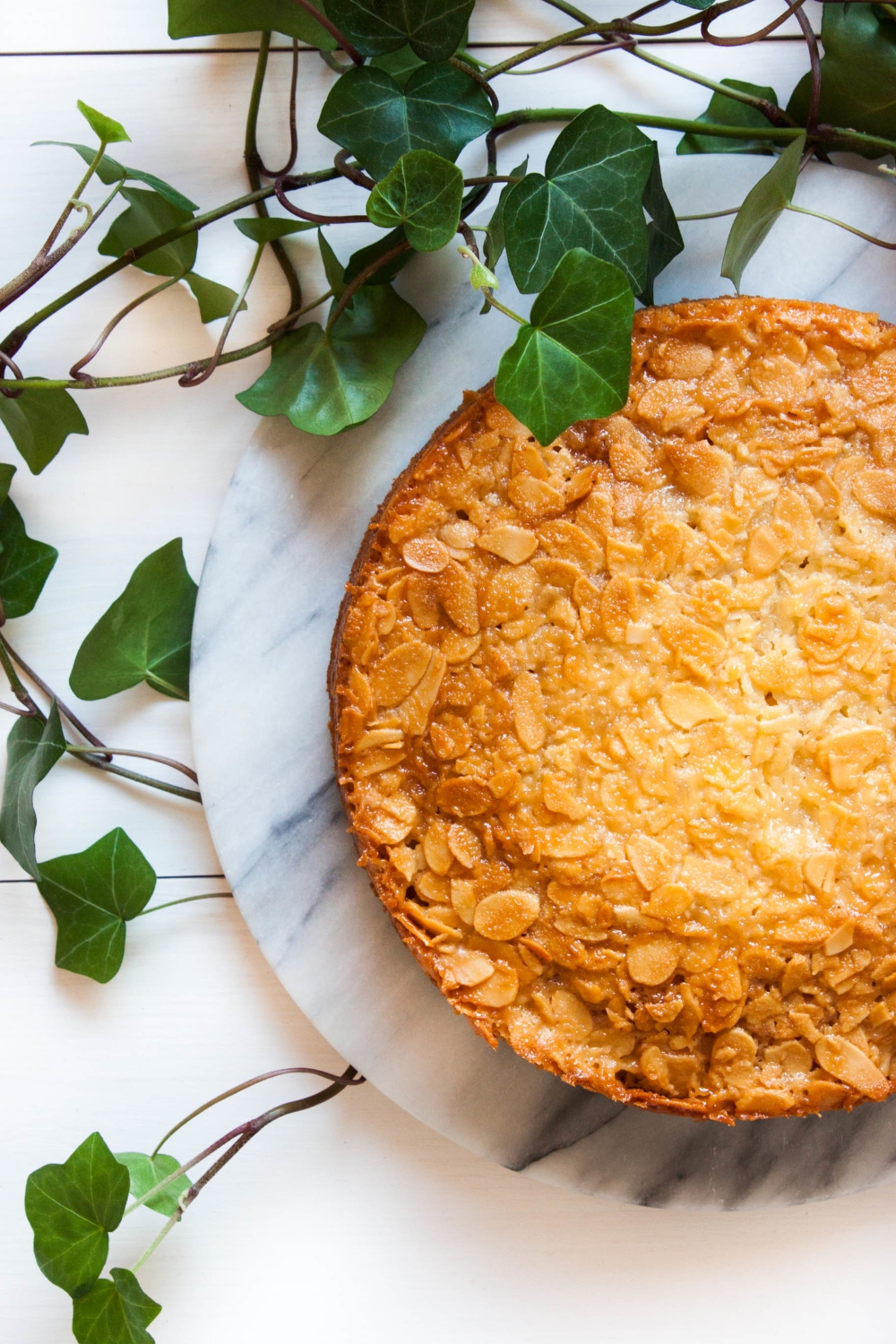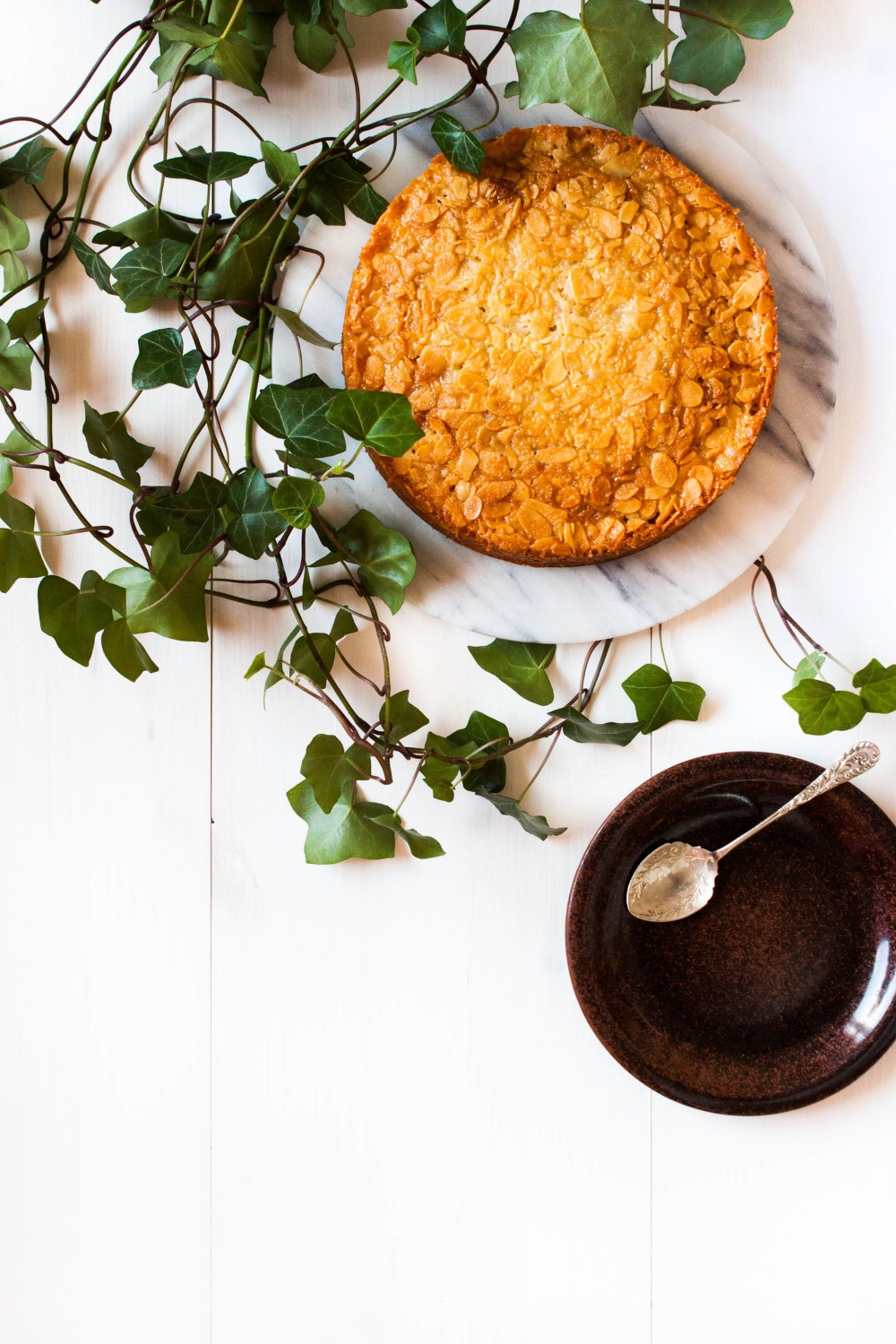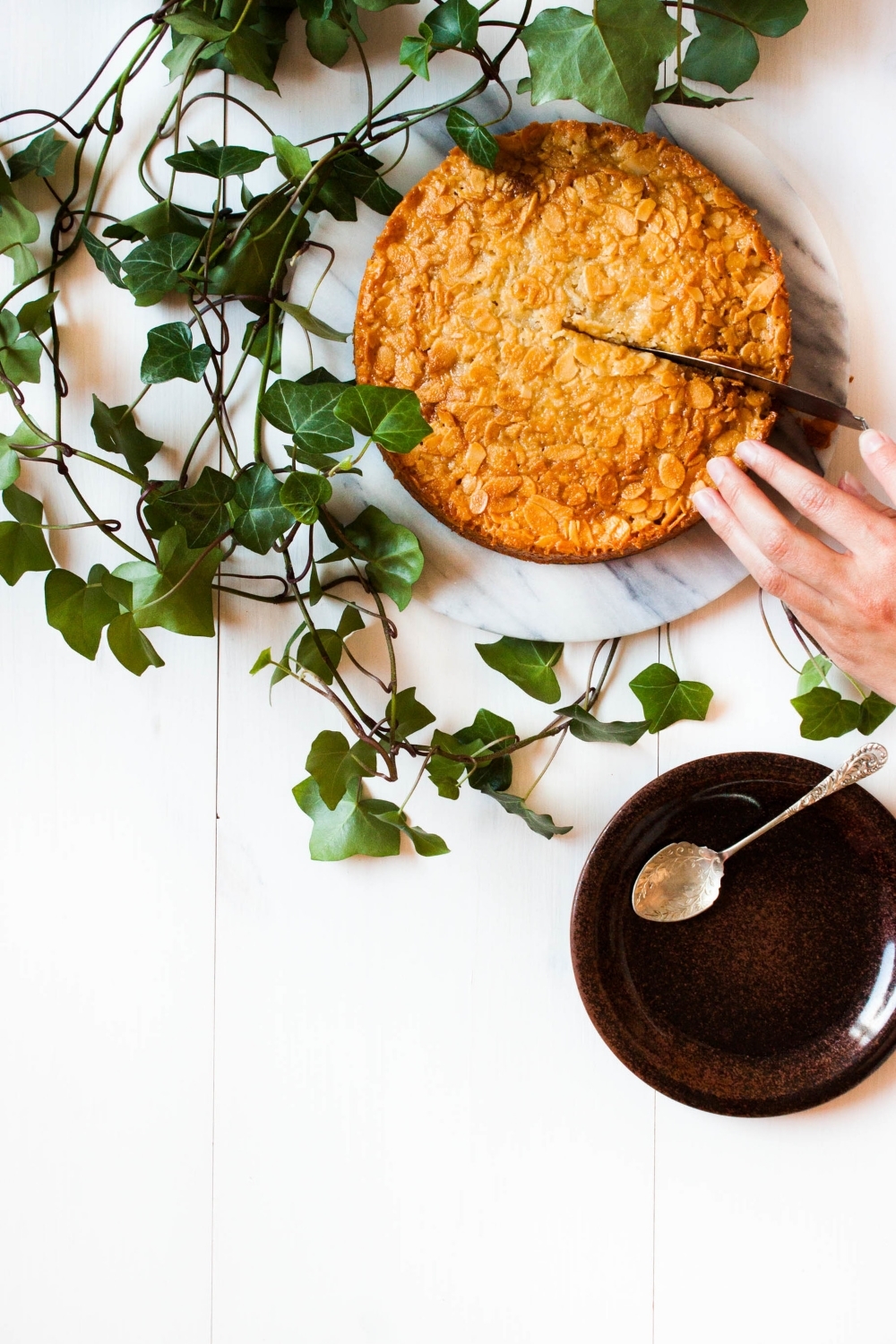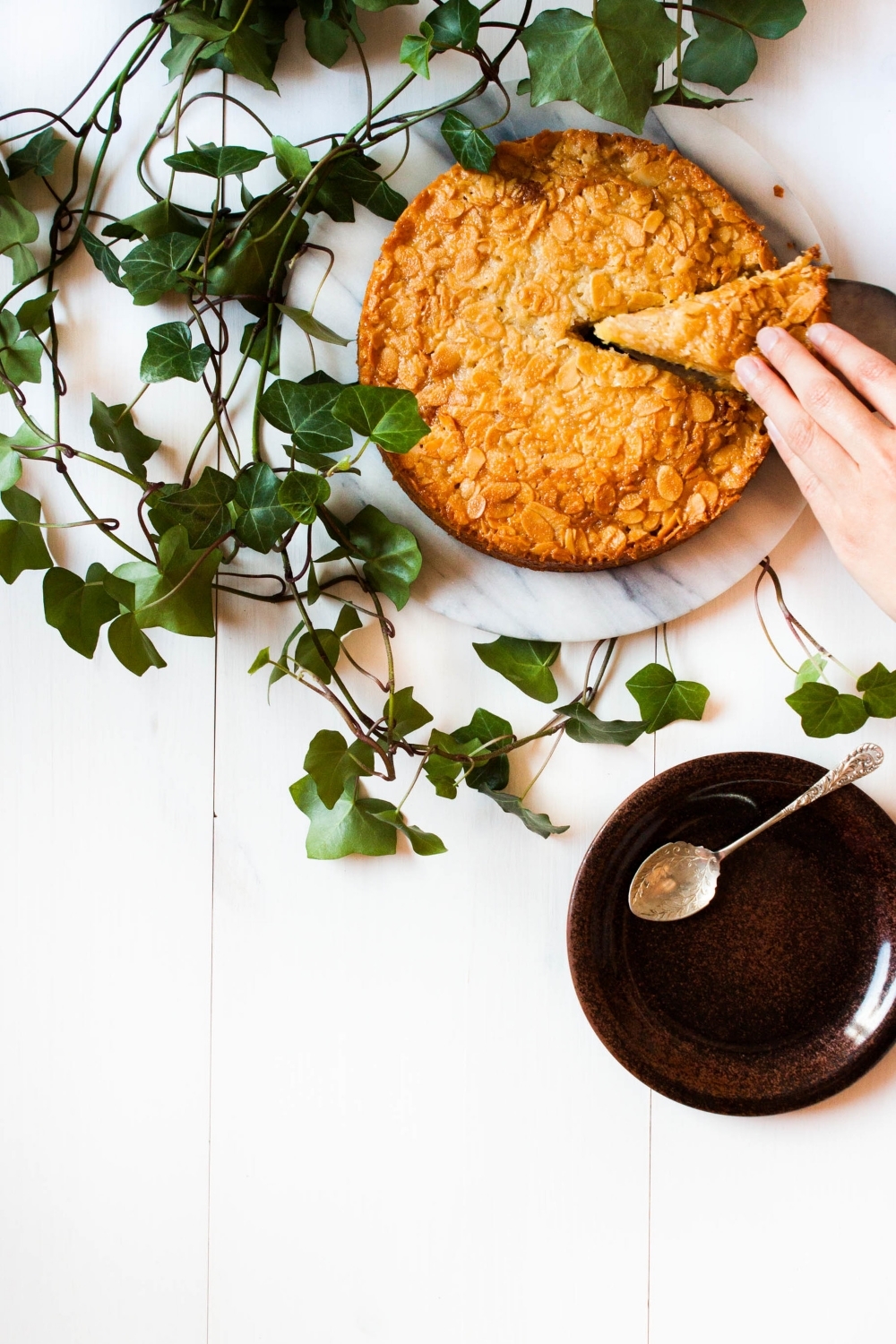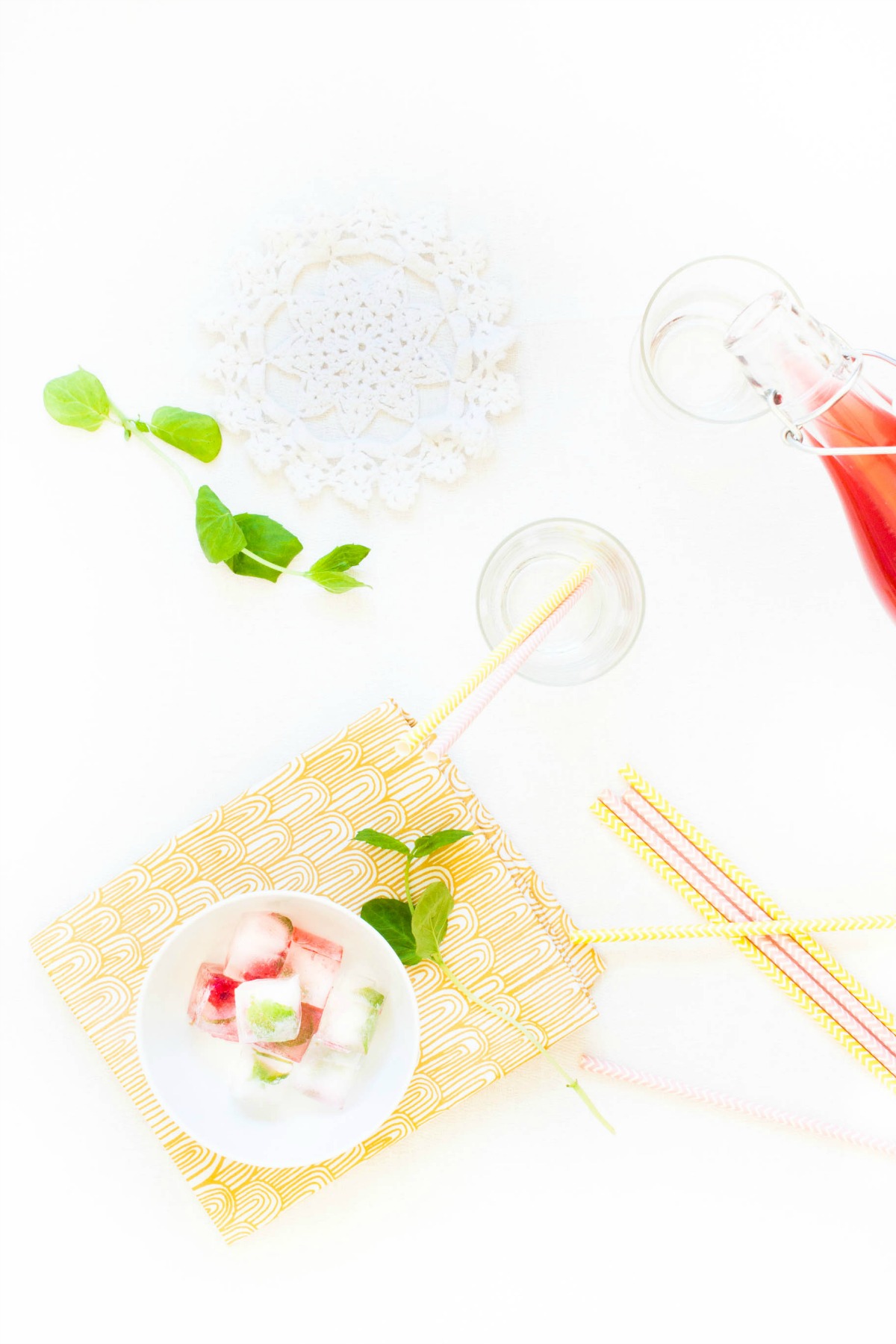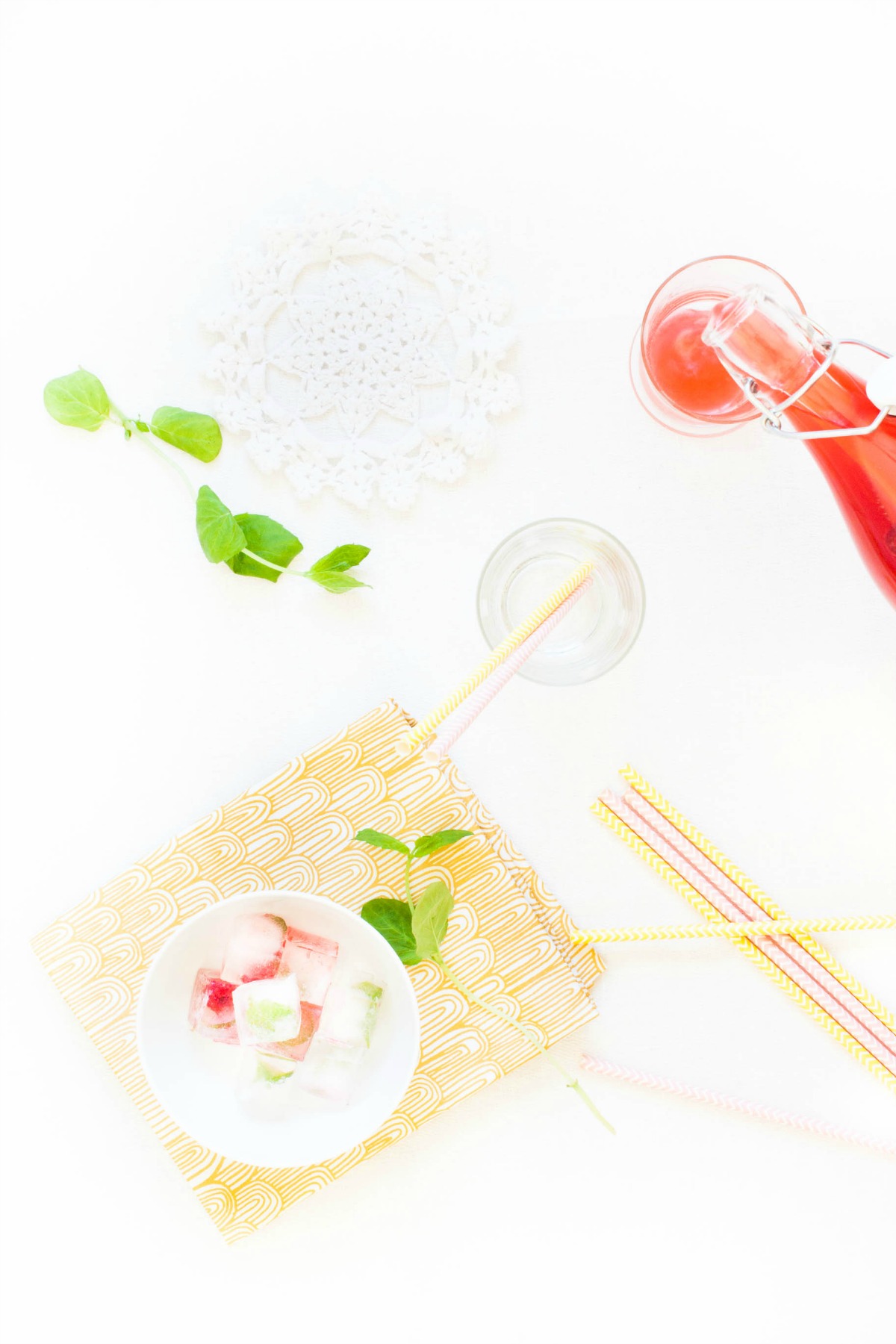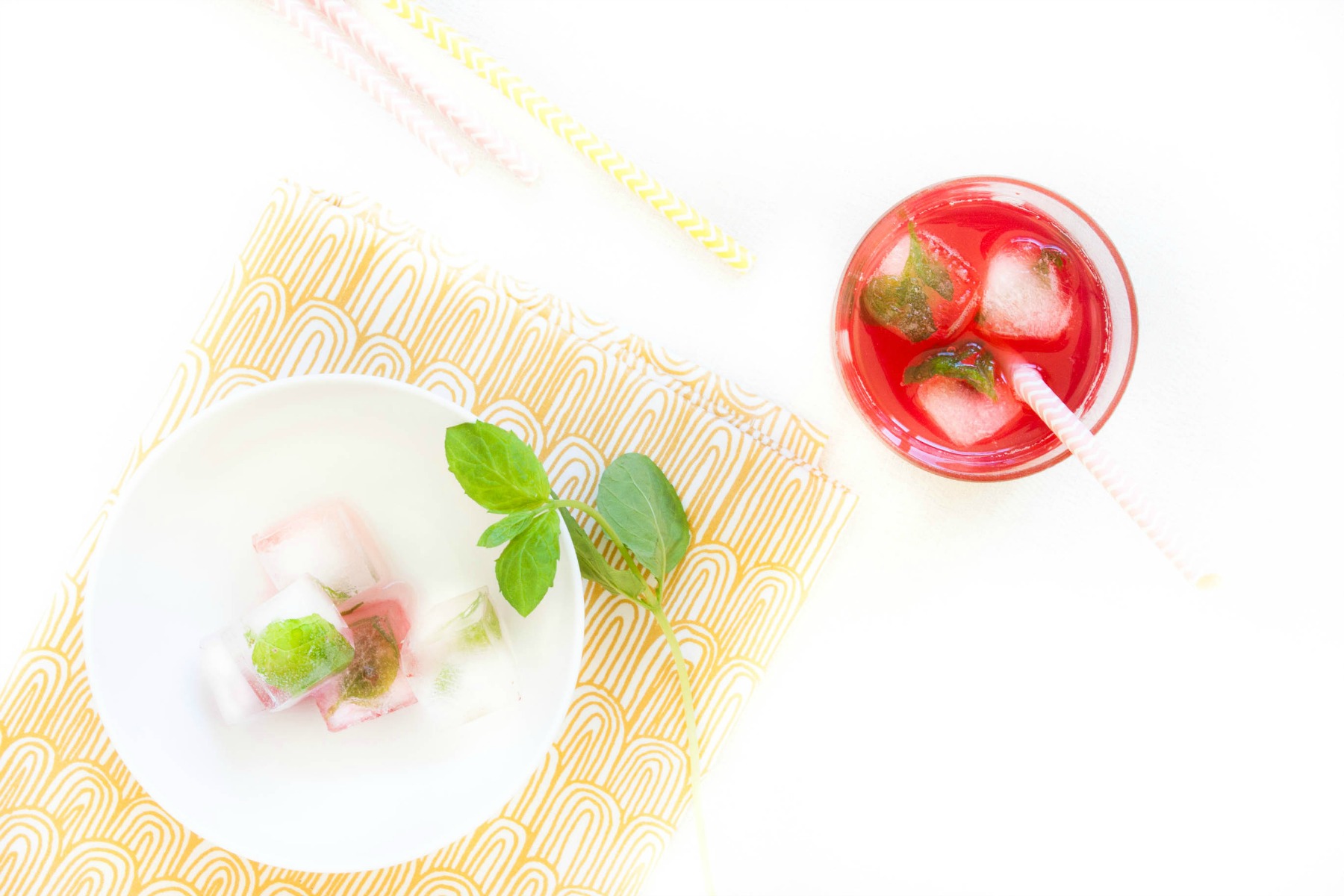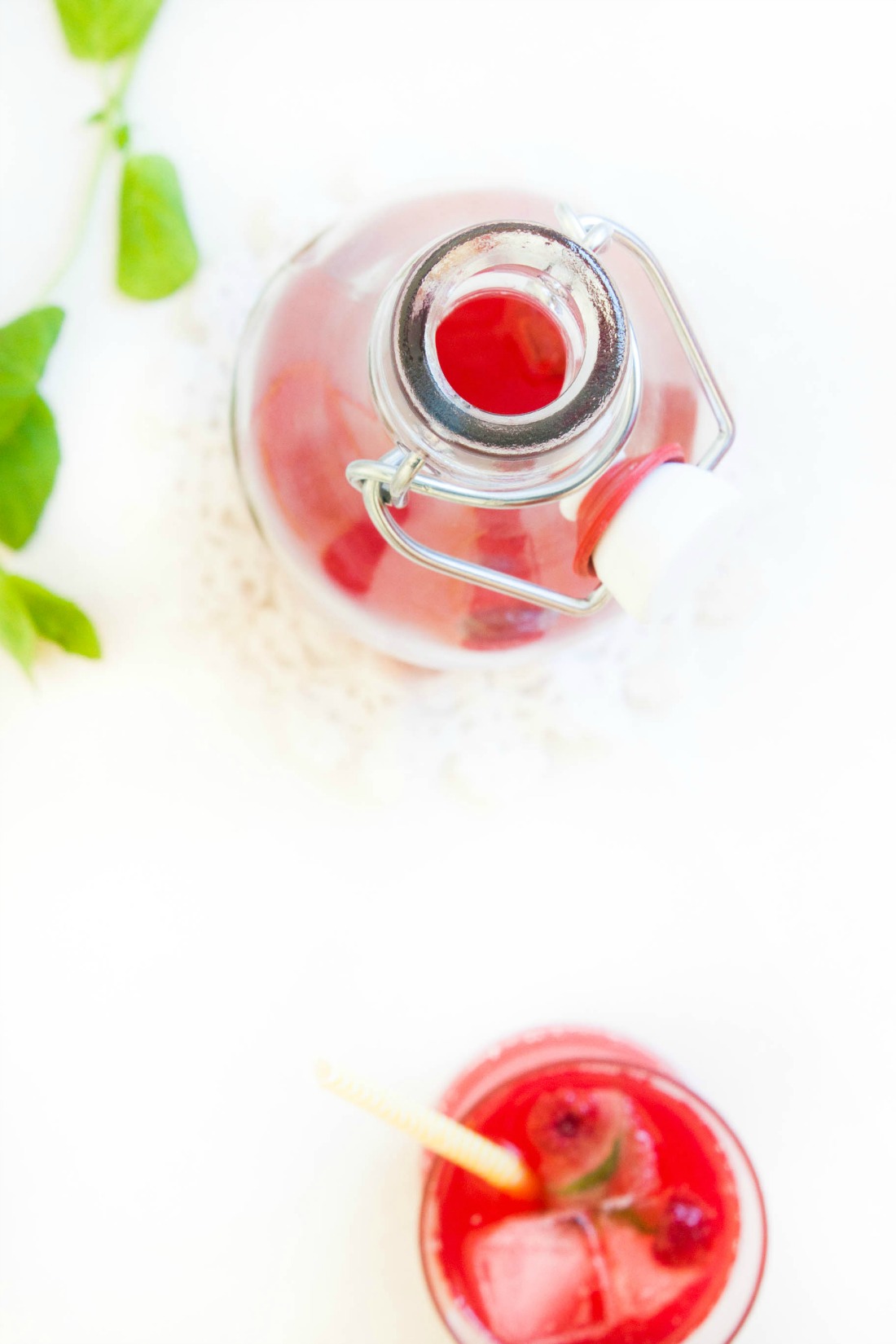December is a month packed full with holidays and traditions, especially in the Nordic countries. Last Saturday, we celebrated Finland's Independence Day, one of the most festive days of the year. I made rack of lamb with roasted Provençal vegetables (haha, totally neither Finnish nor Nordic but delicious). For dessert, I made a vanilla parfait with roasted cinnamon plum sauce and gingerbread. The parfait was really nice but a tad too sweet for my taste; it need a few tweaks before it's ready to be shared.
Next Saturday, December 13, is Saint Lucia's Day. It's mainly celebrated by the Swedish-speaking community but few can escape the lovely sound of the Lucia song or the luscious saffron buns. And let's be honest: every occasion that brings some joy and light into these dark Nordic winter days is more than welcome. Saint Lucia's Day is the very essence of that; according to the Julian calendar it was the longest night of the year. Lucia, the girl wearing a white cotton gown with a red sash tied around her waist and a crown made of lingonberry twigs, was believed to bring the light into the winter darkness.
"The night treads heavily
around yards and dwellings
In places unreached by sun,
the shadows brood
Into our dark house she comes,
bearing lighted candles,
Saint Lucia, Saint Lucia."
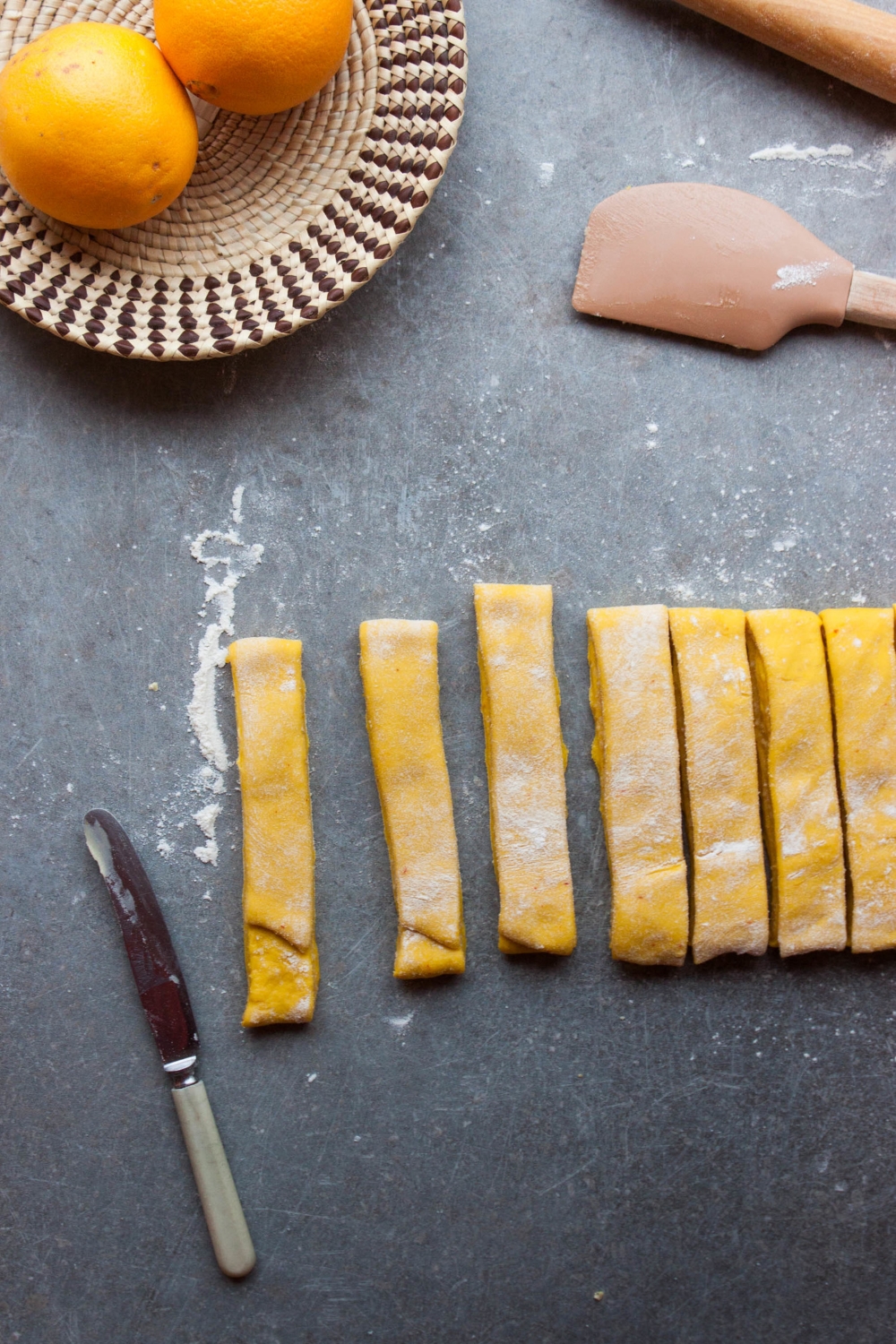

So when I was asked to contribute a holiday recipe to Life & Thyme, I knew I had to share a Saint Lucia's Day treat. As I already shared the traditional saffron buns last year, I decided to create a new version of the old classic. I used the basic Nordic cardamom-spiced bun dough but used saffron instead of cardamom. I decided to fill the saffron buns with a delicious orange almond filling and shape them into knots. The result was everything I could have asked for, or to be honest, it was even better. The orange flavor works wonderfully with the saffron and the filling makes these knots a treat made in the Nordic winter heaven.
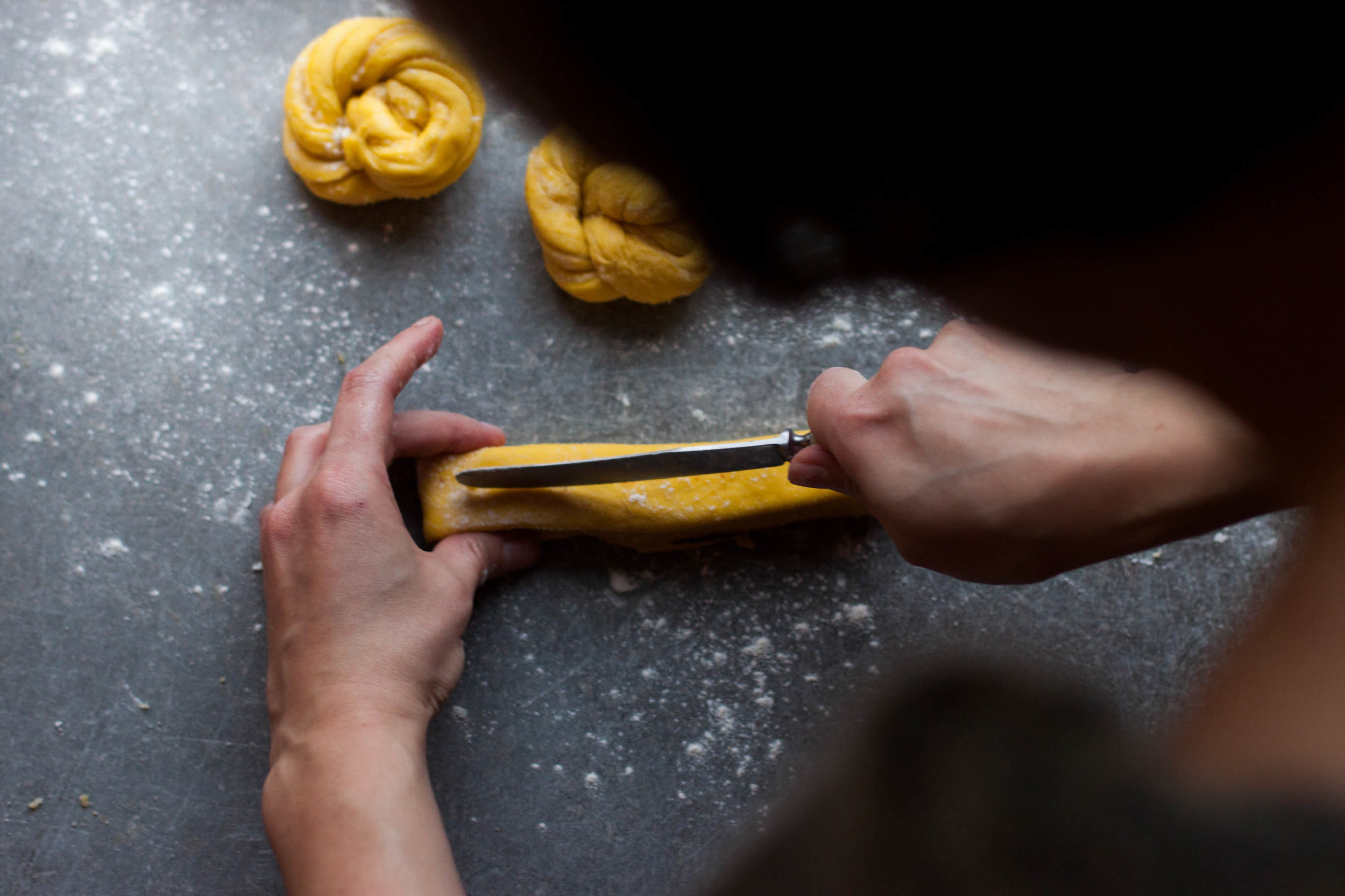
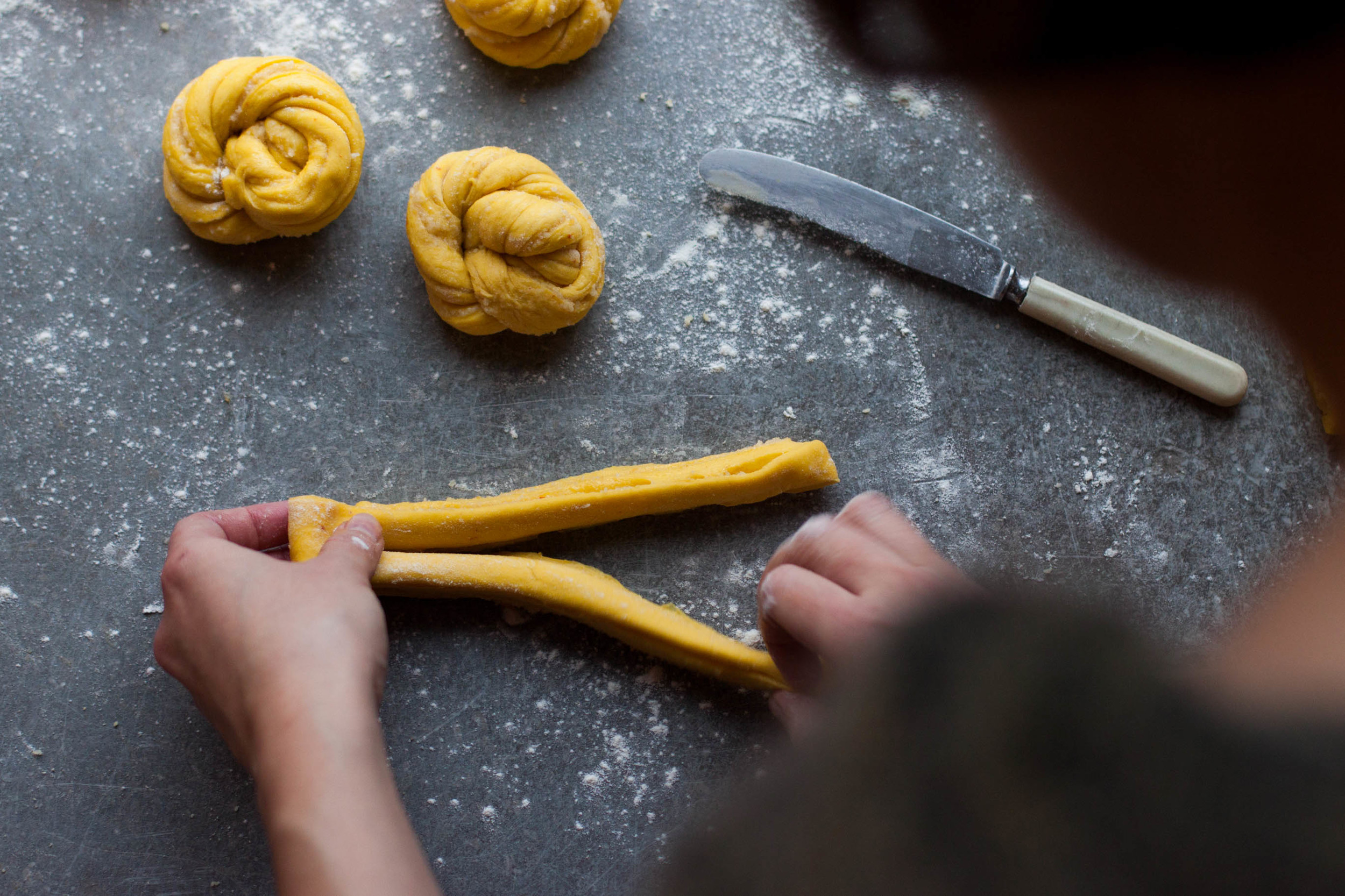

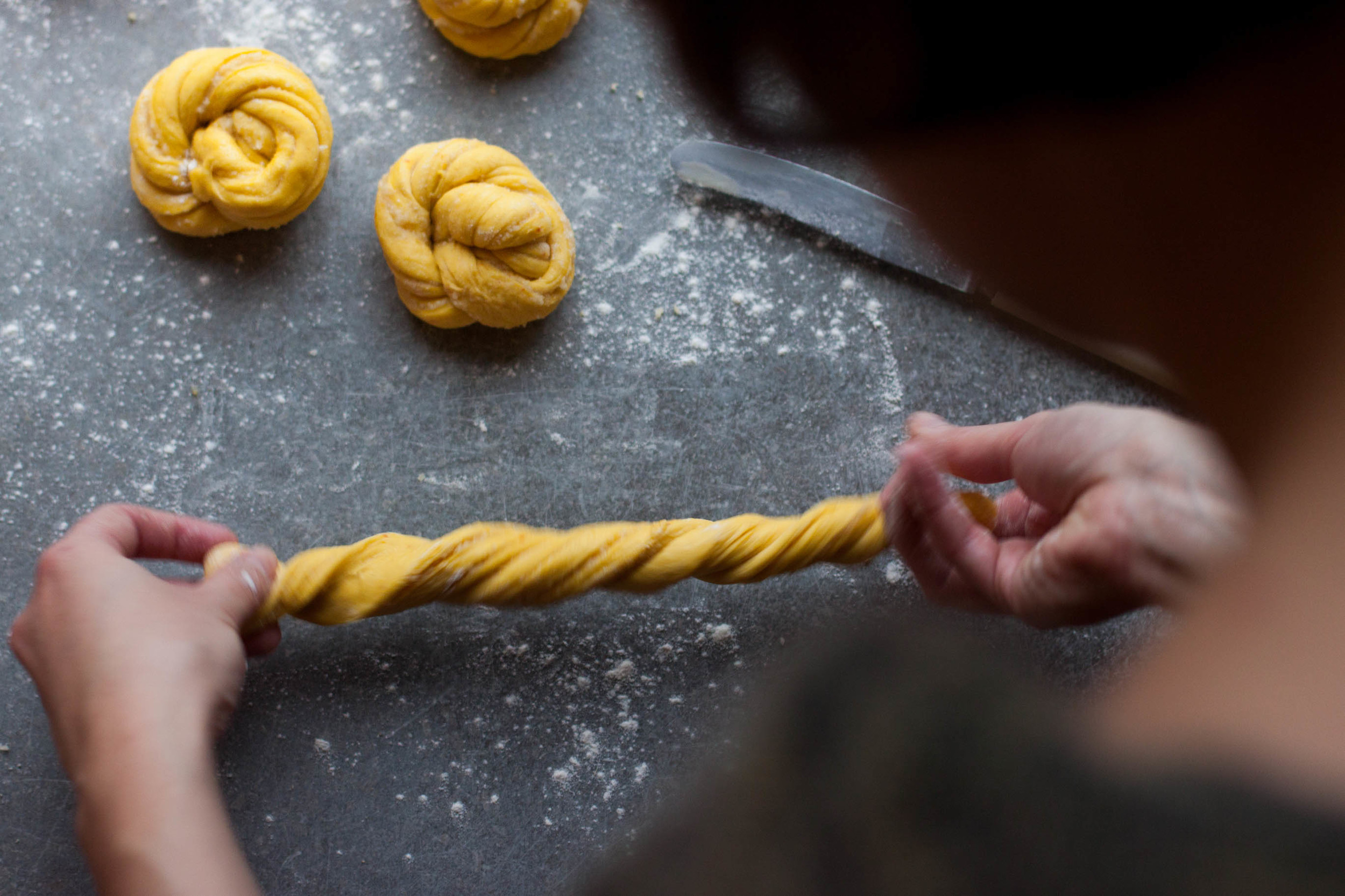

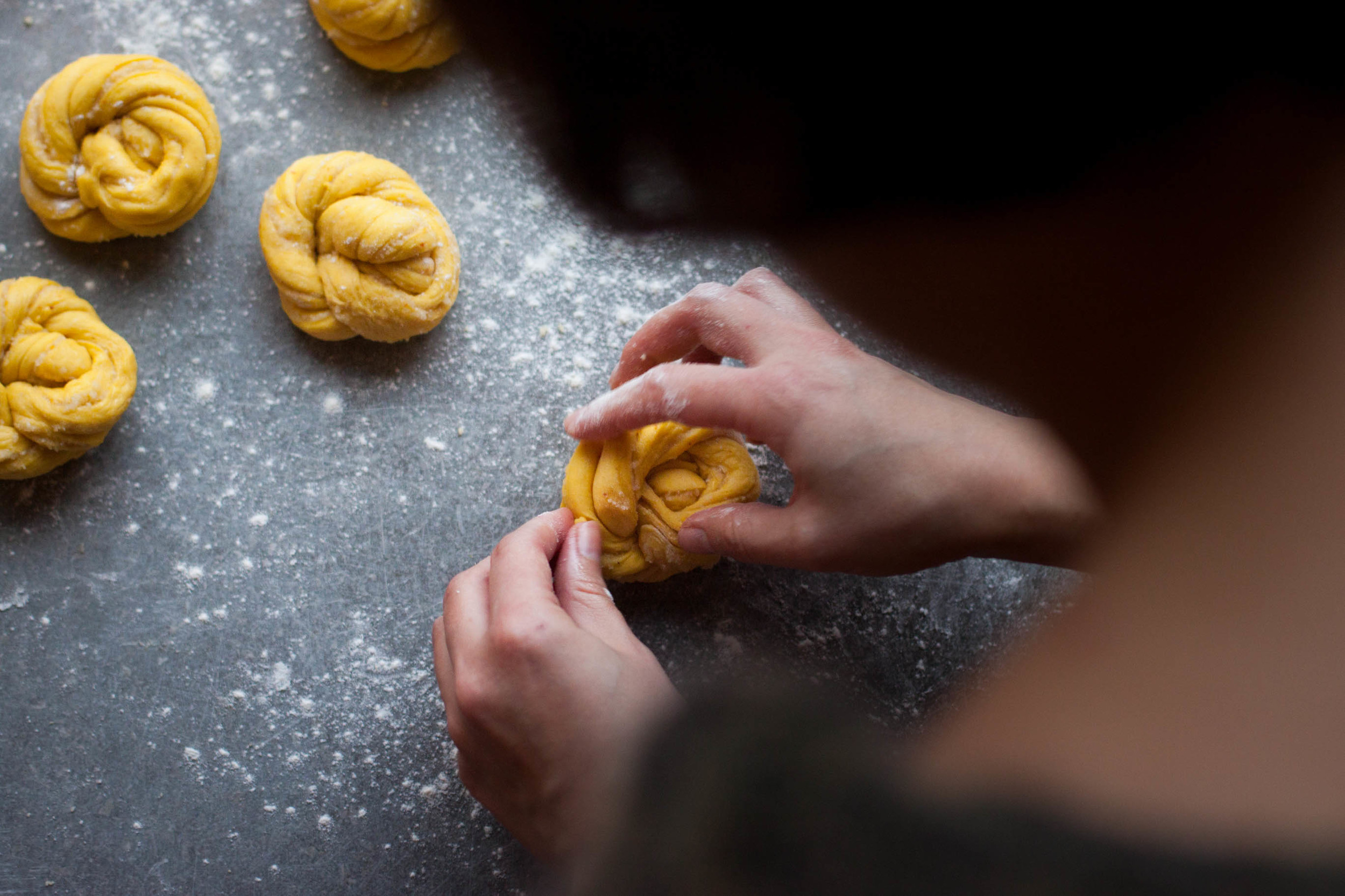
You can read the recipe on Life & Thyme where I also share how I'm spending my Christmas. One word: unplug.
Should you be interested in Saint Lucia's Day and how it's celebrated here in the Nordic countries, I recommend watching the fun and informative video on the official sites of Sweden.
Happy baking!
